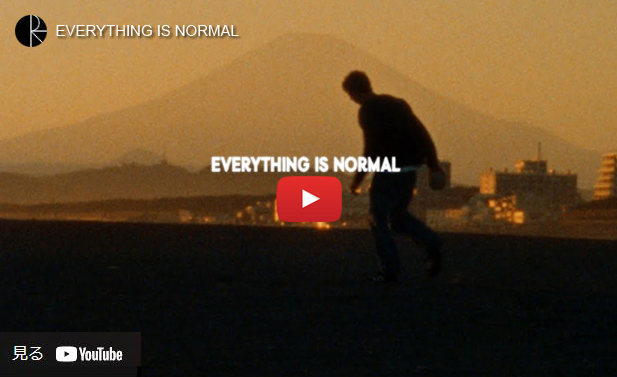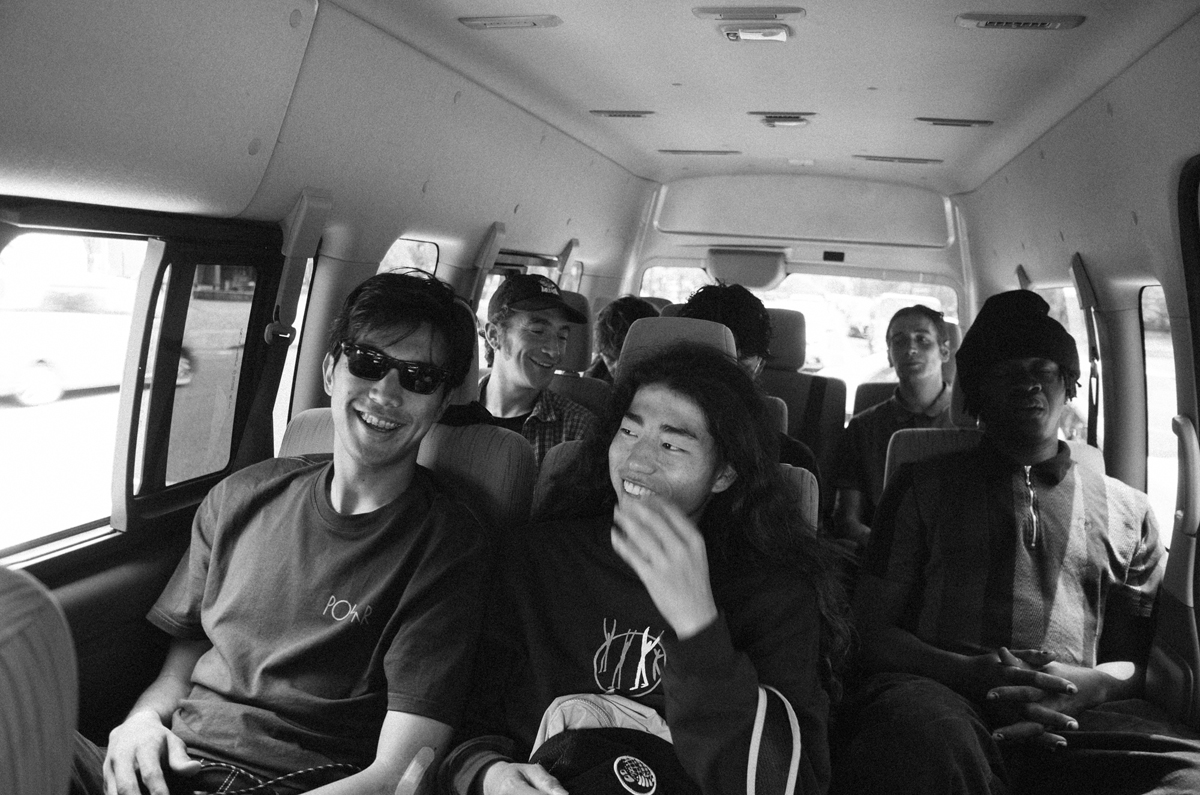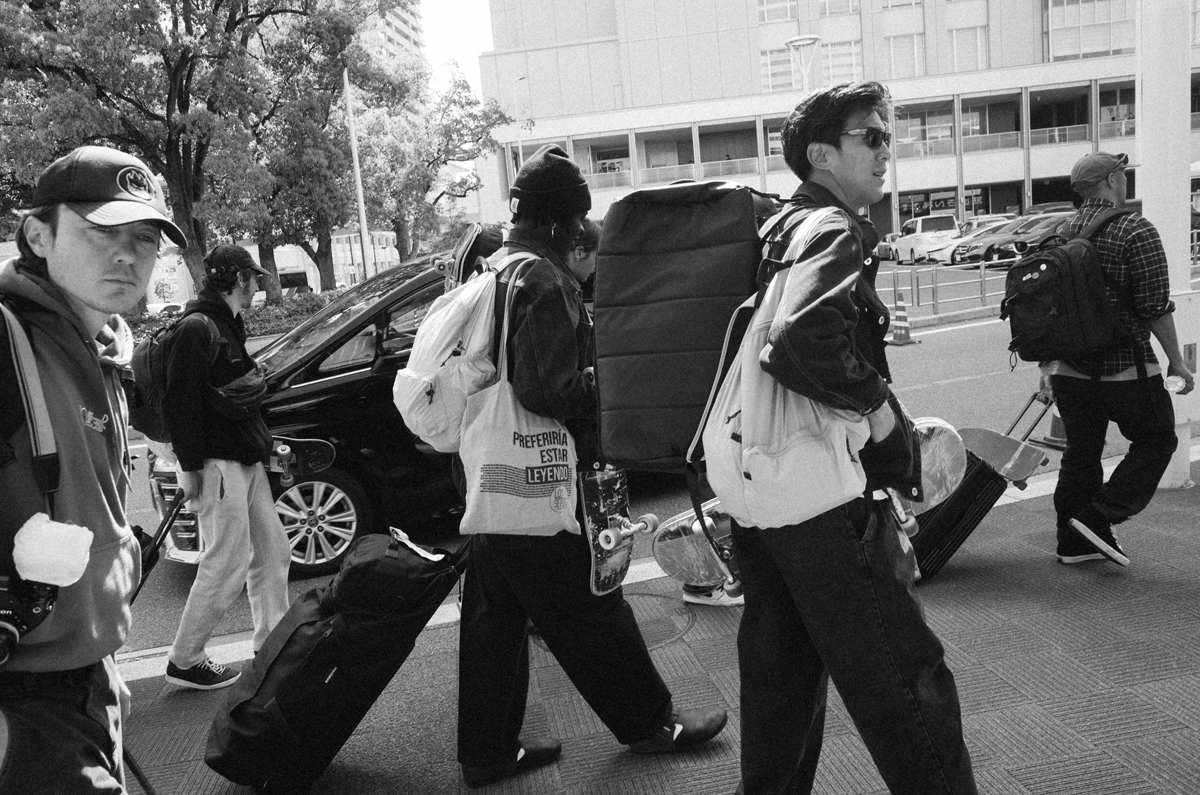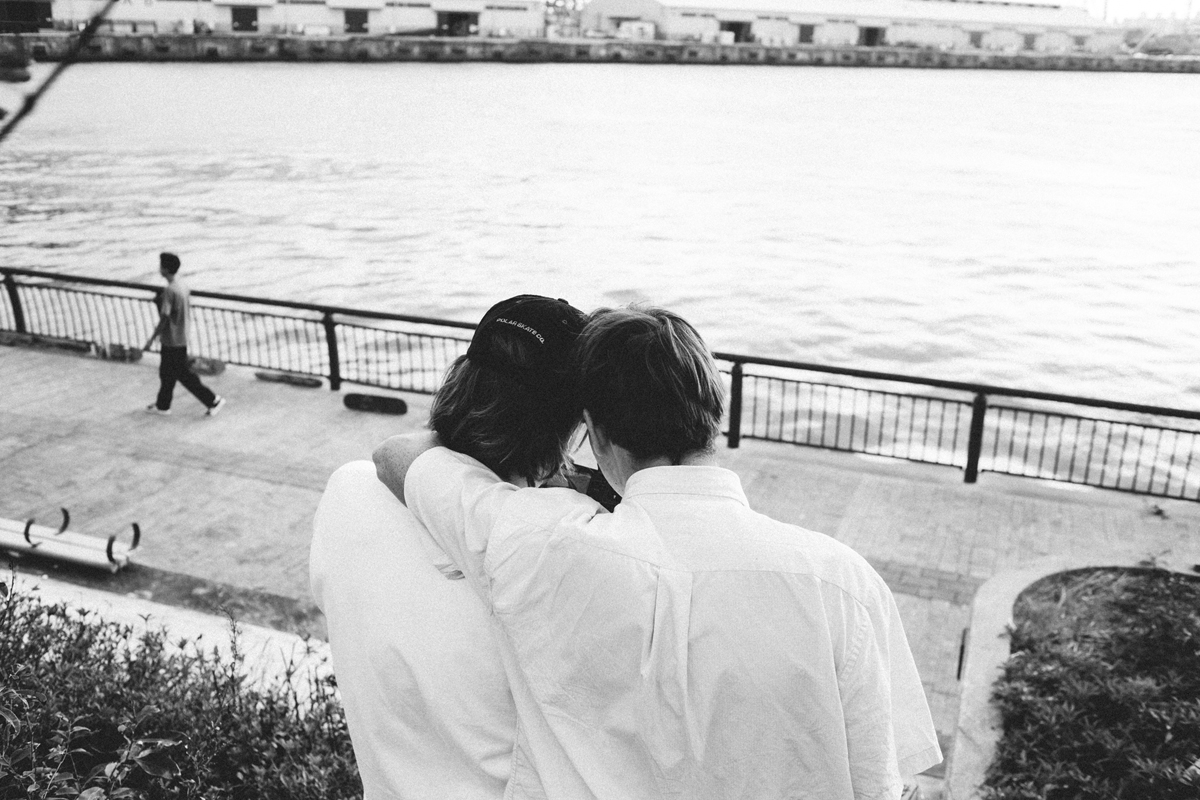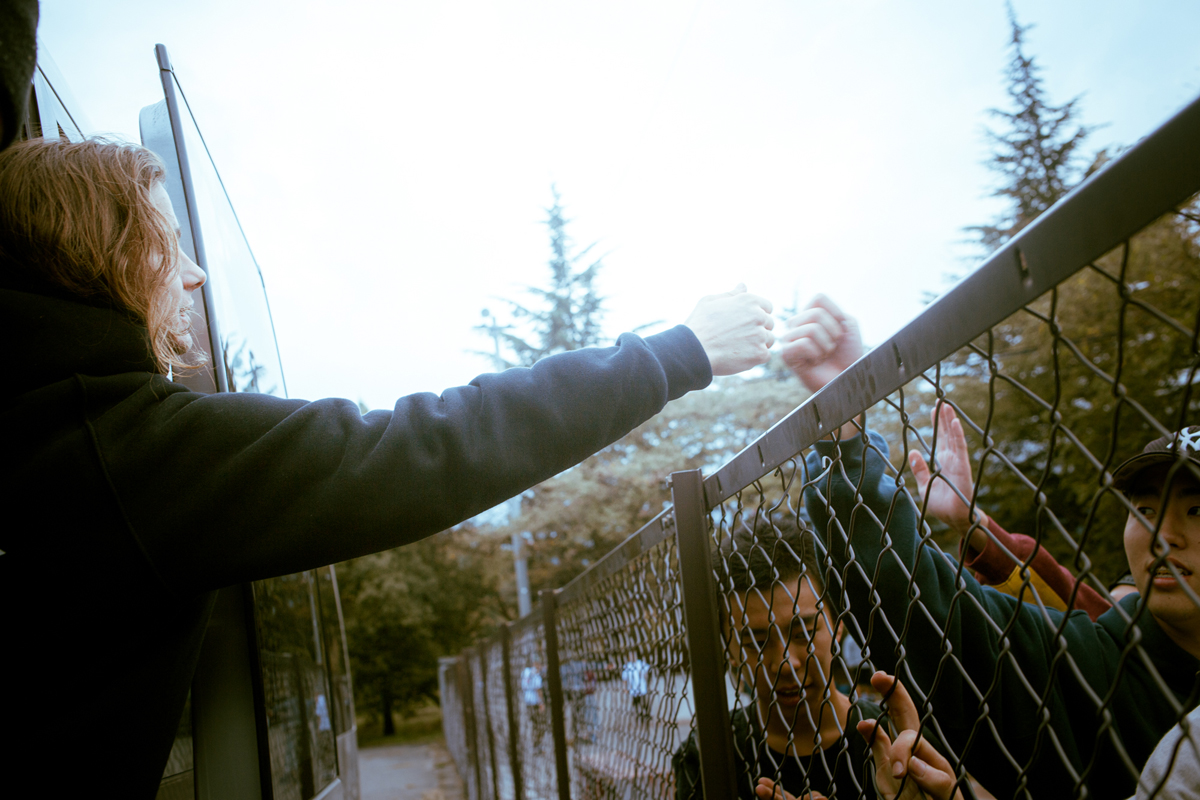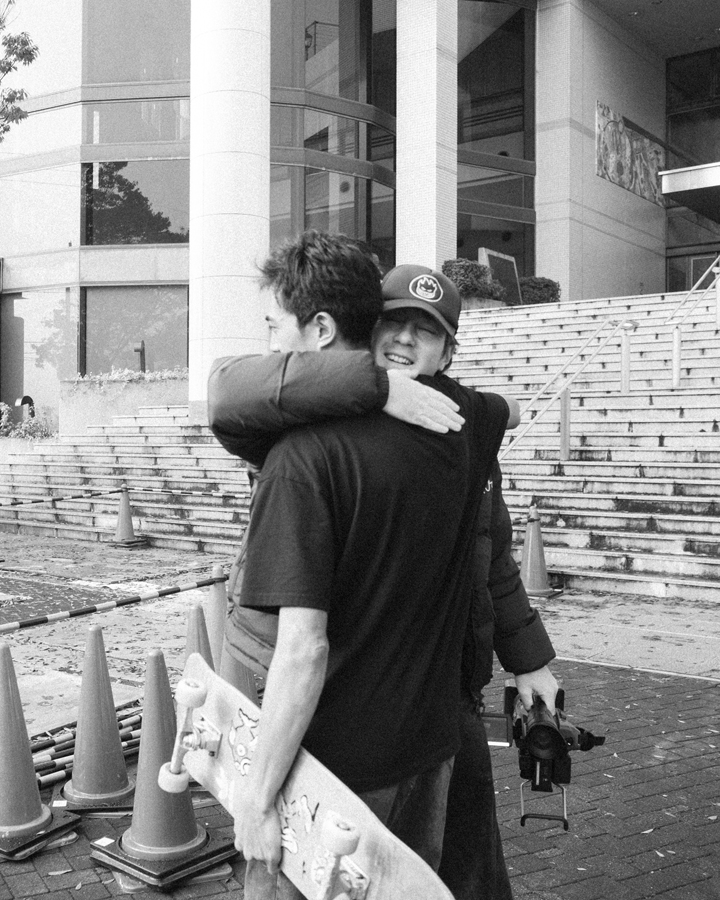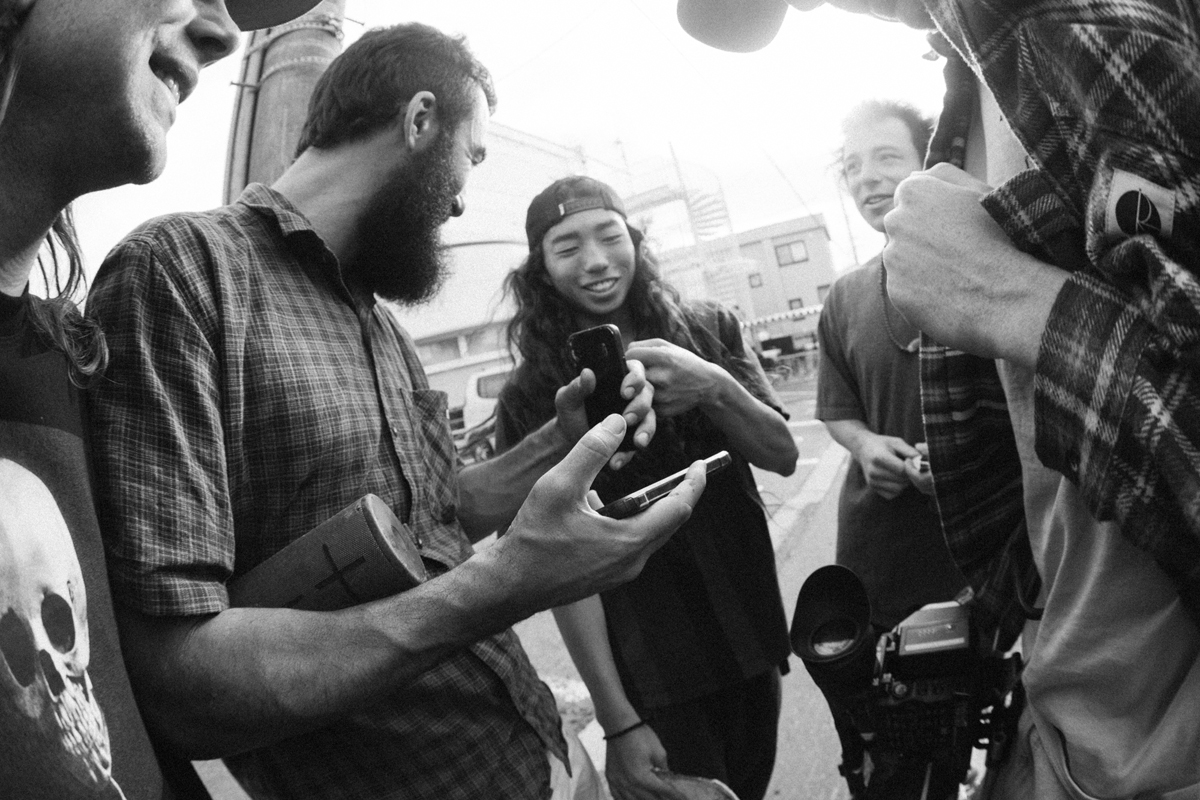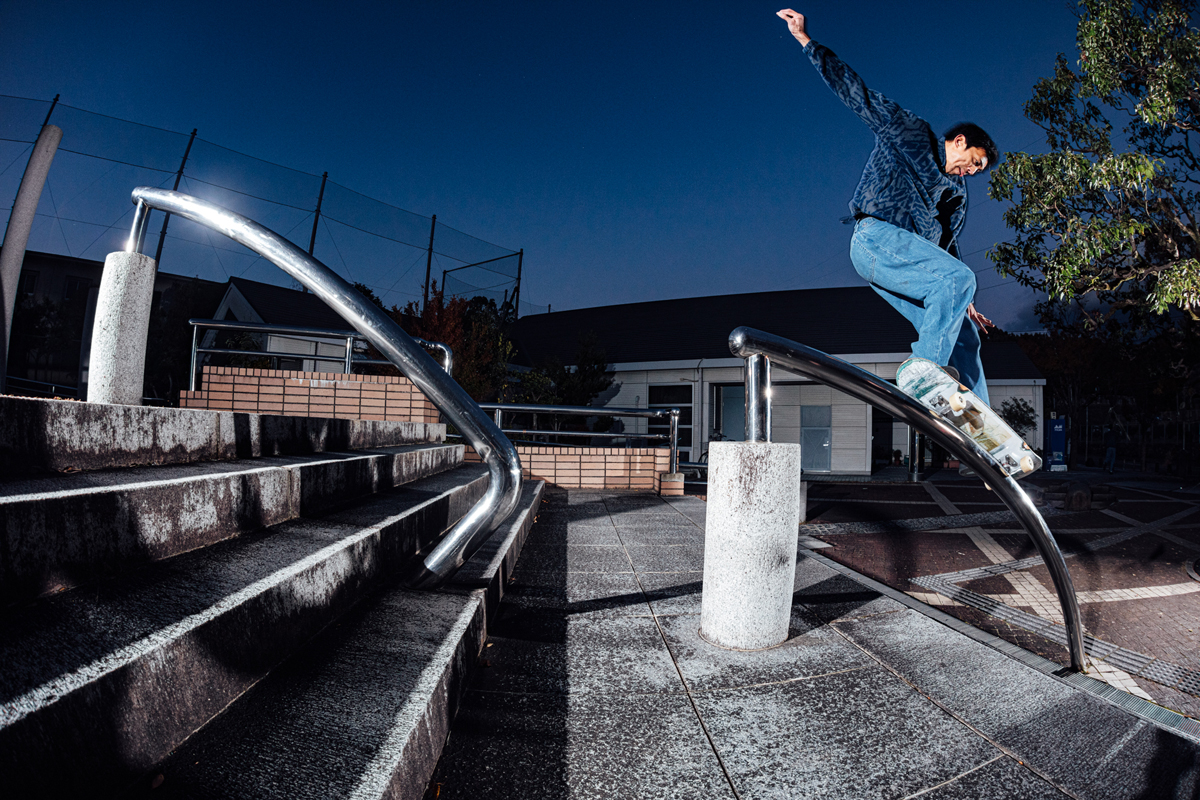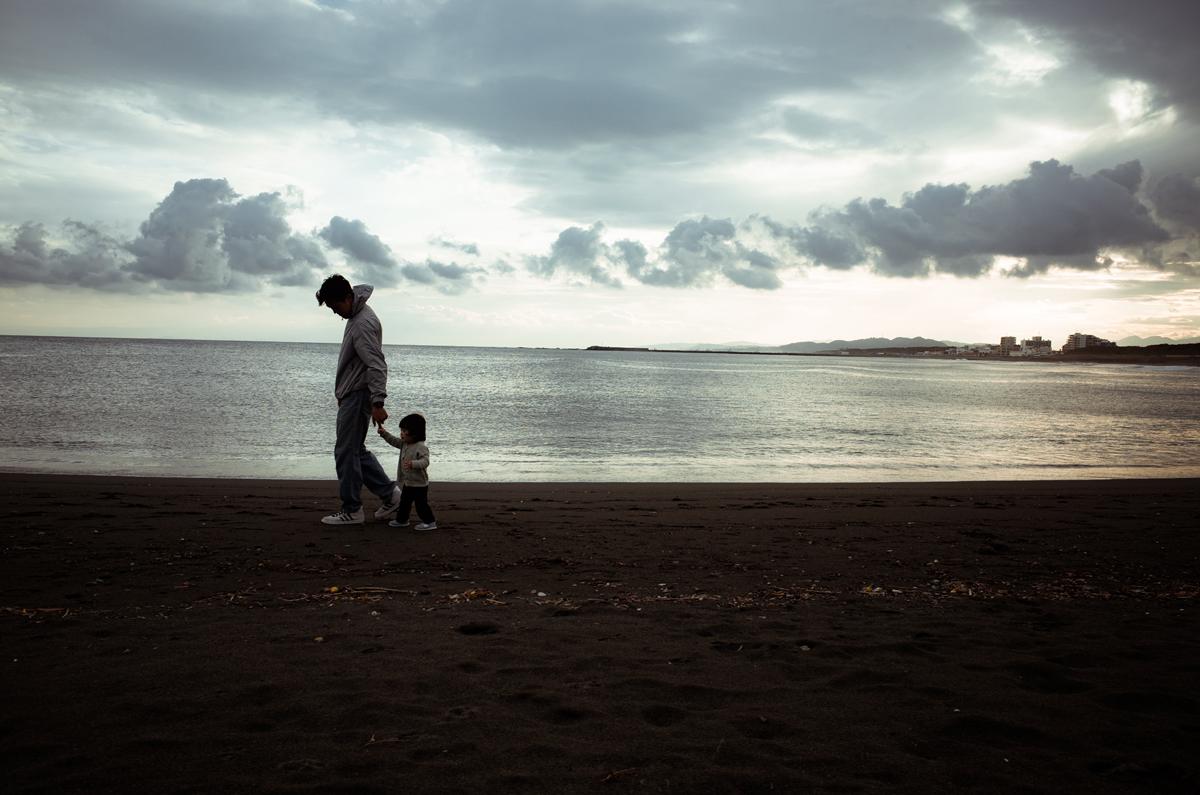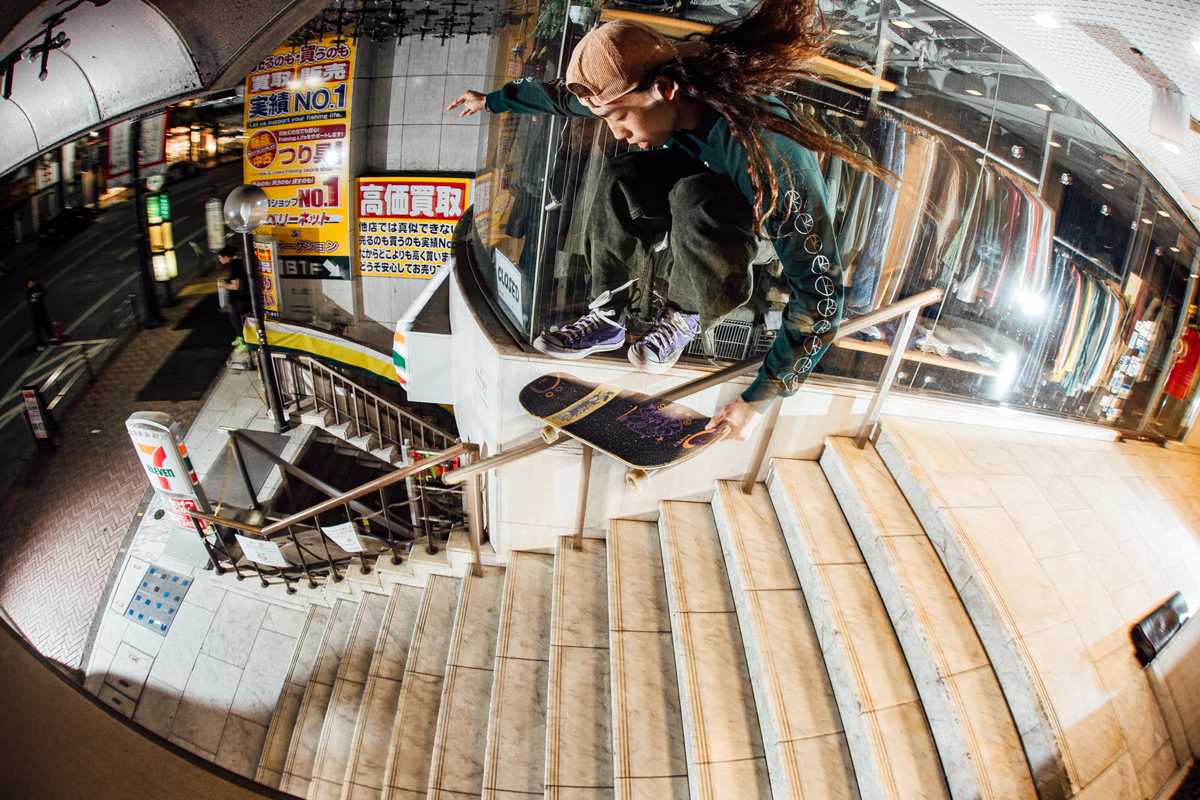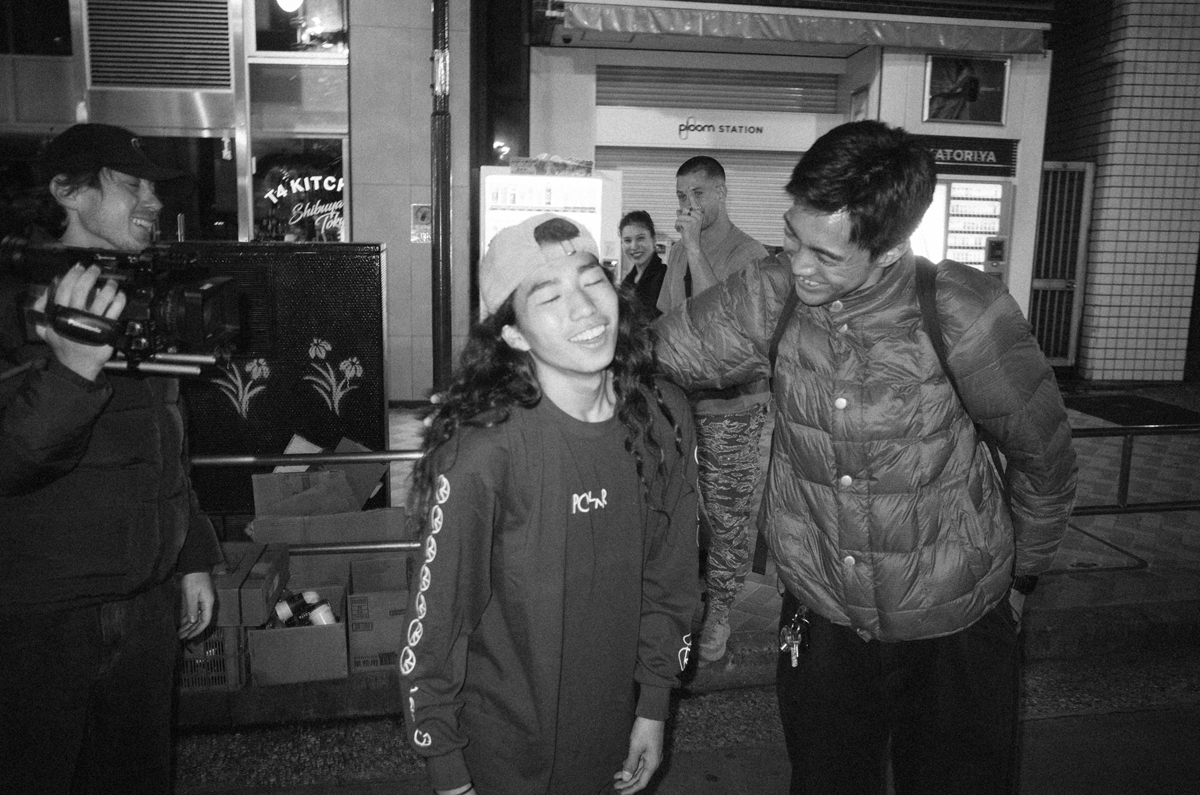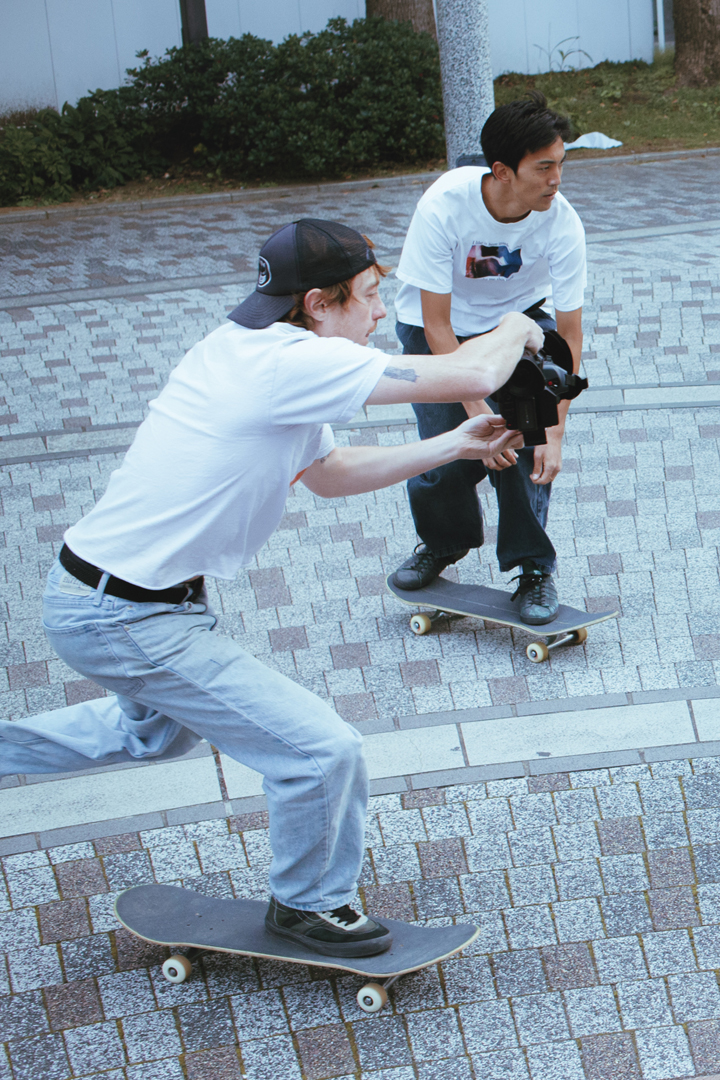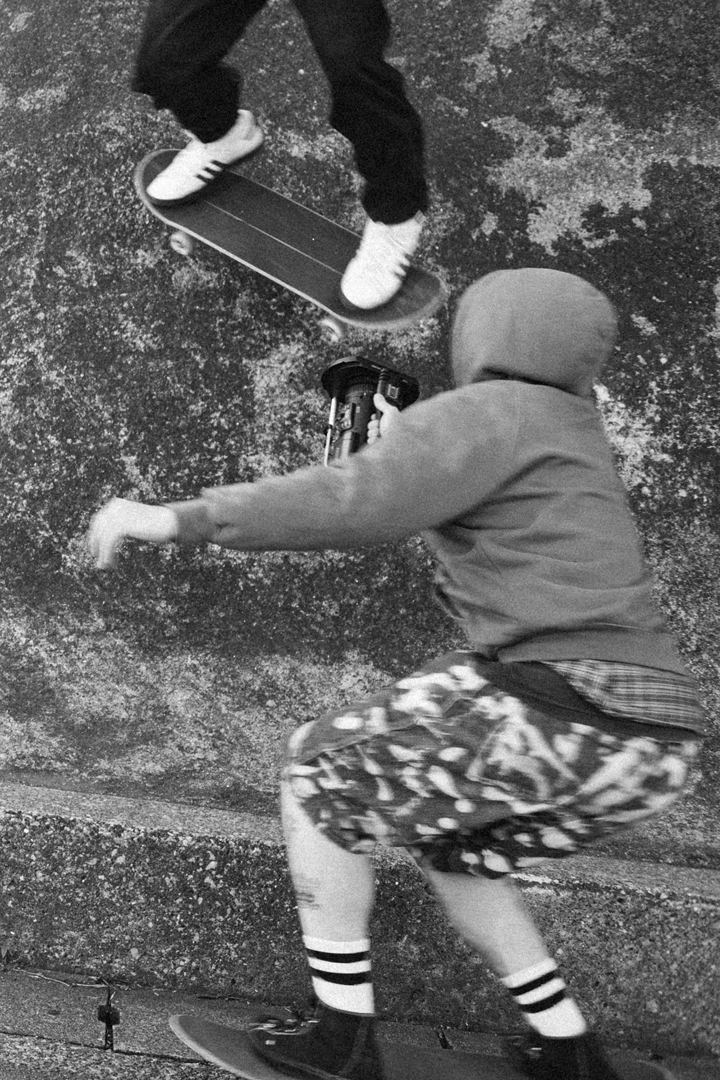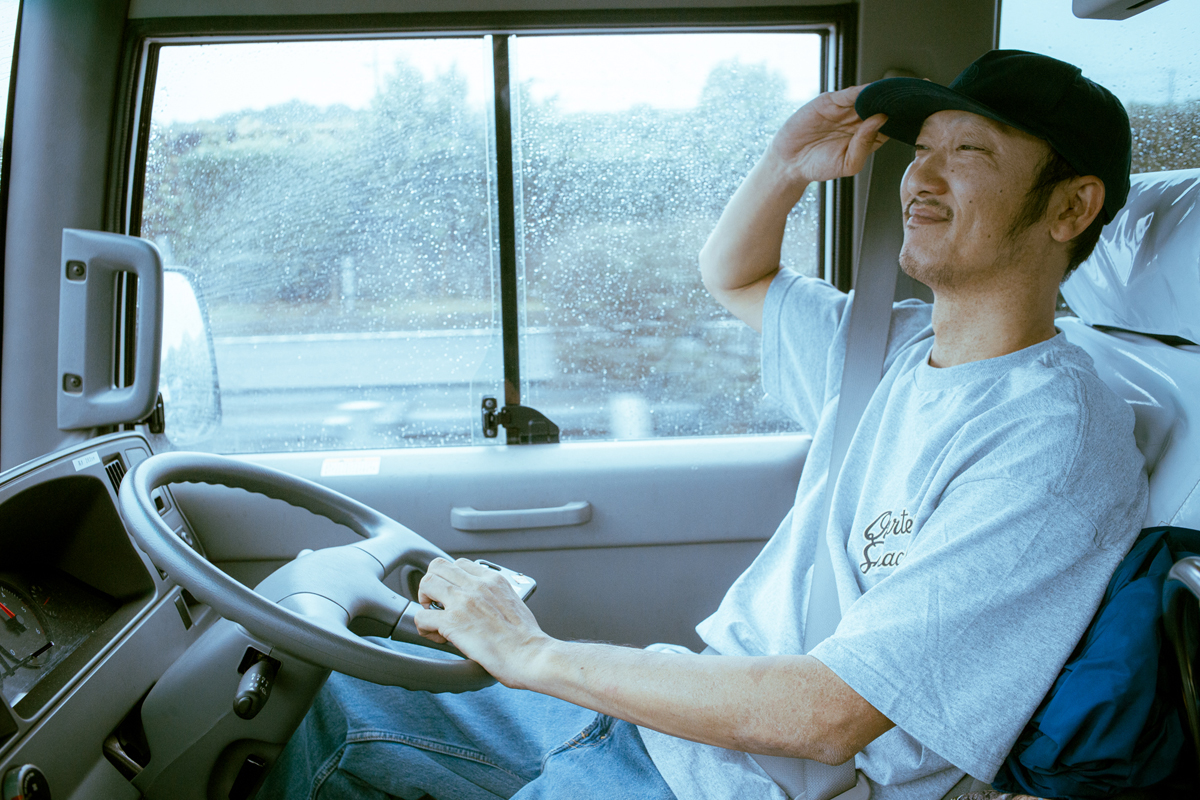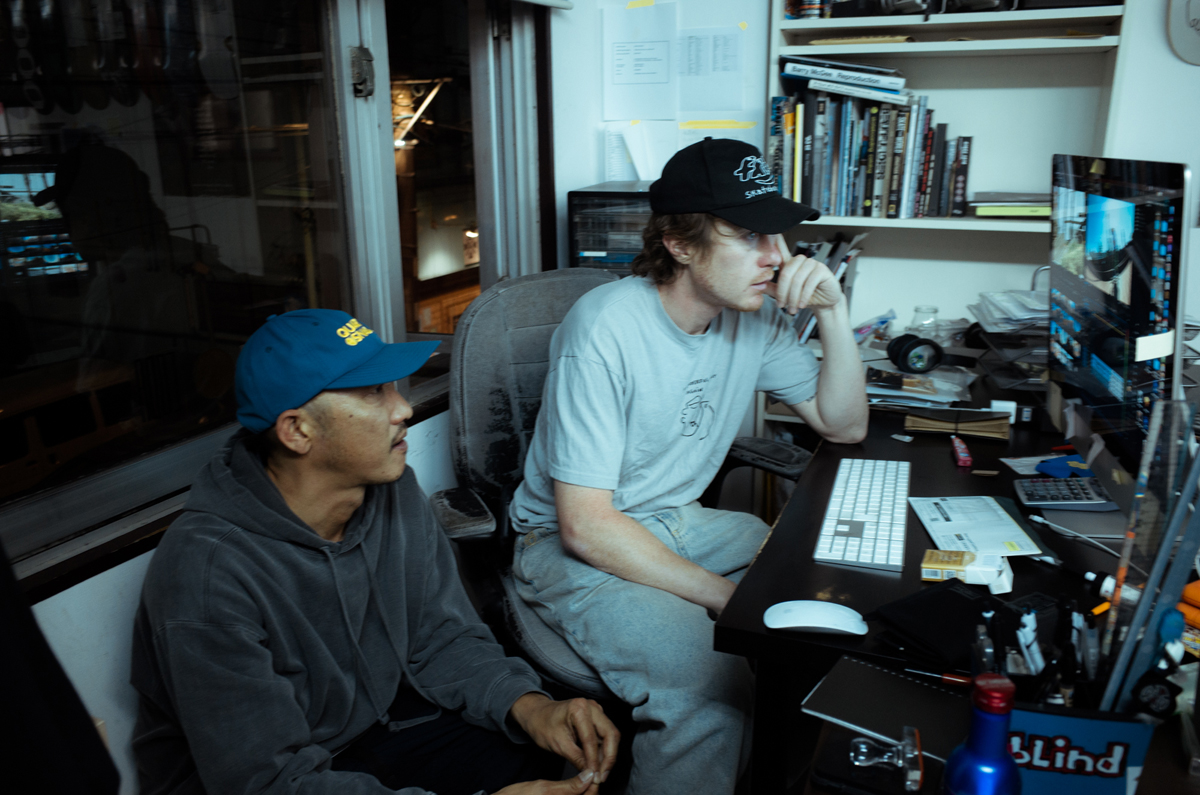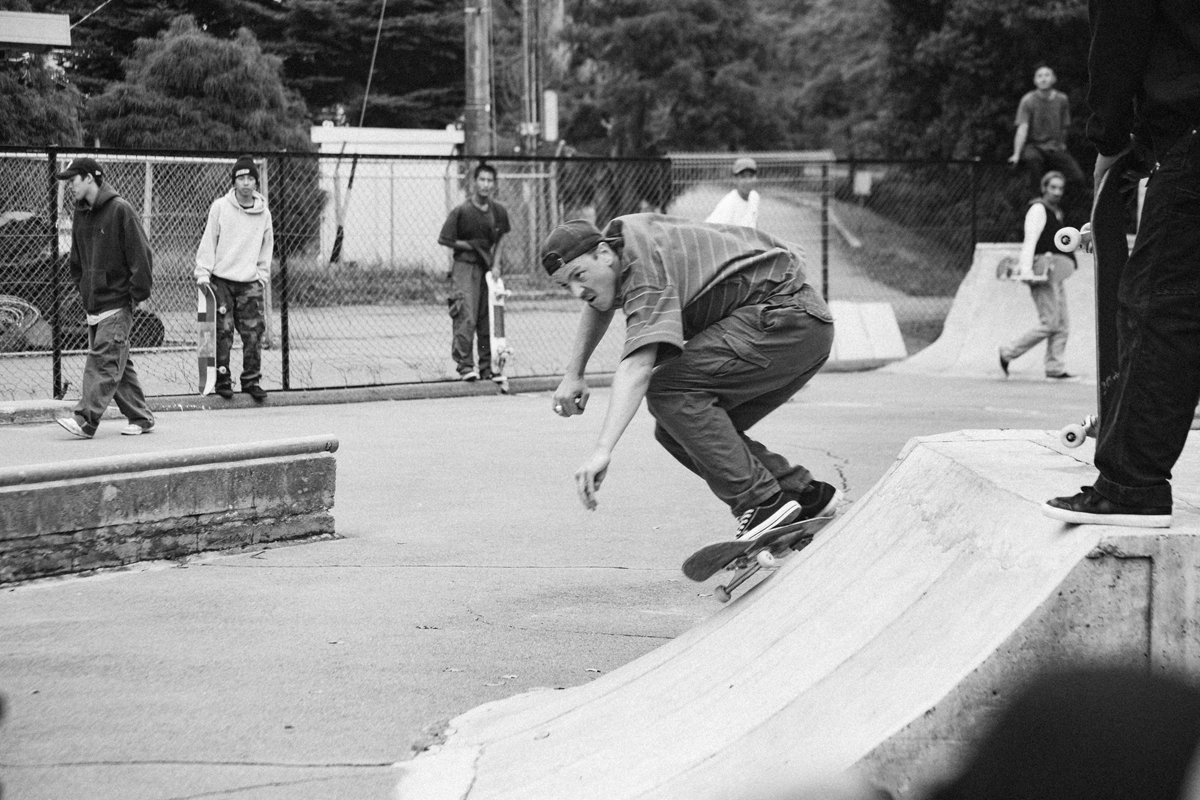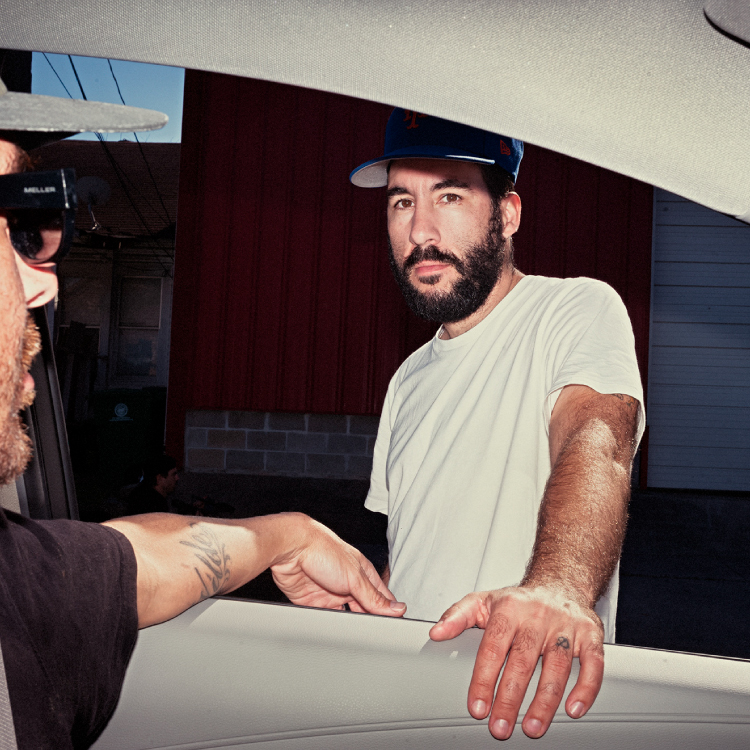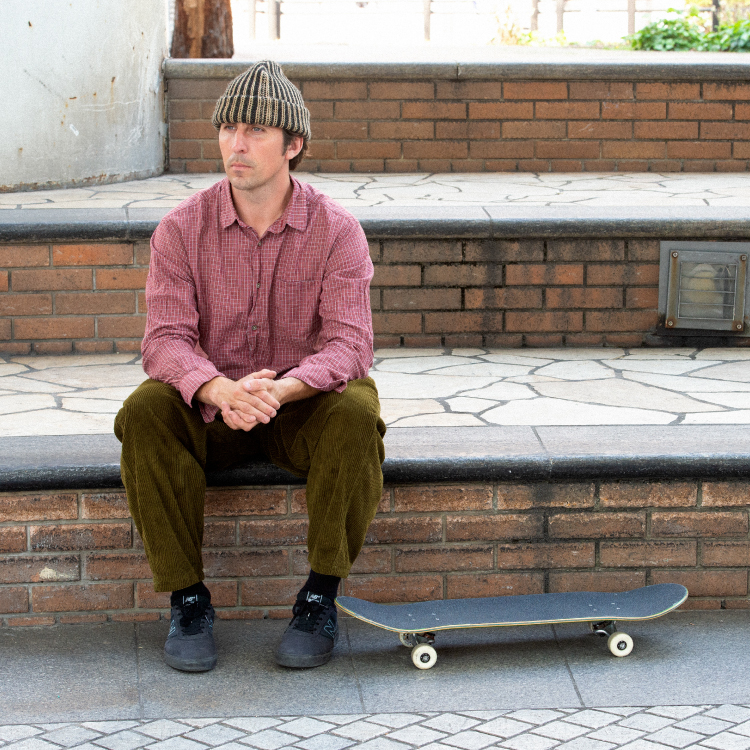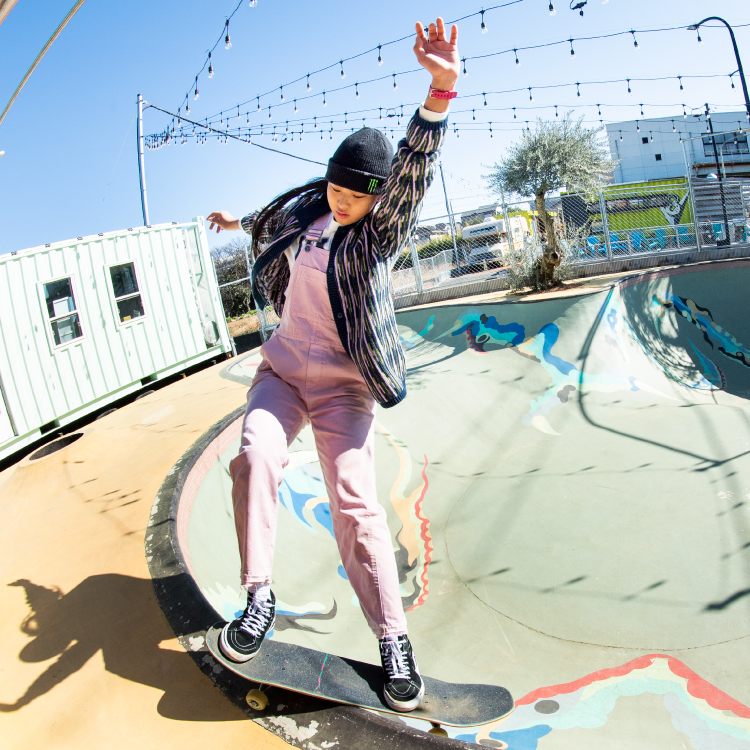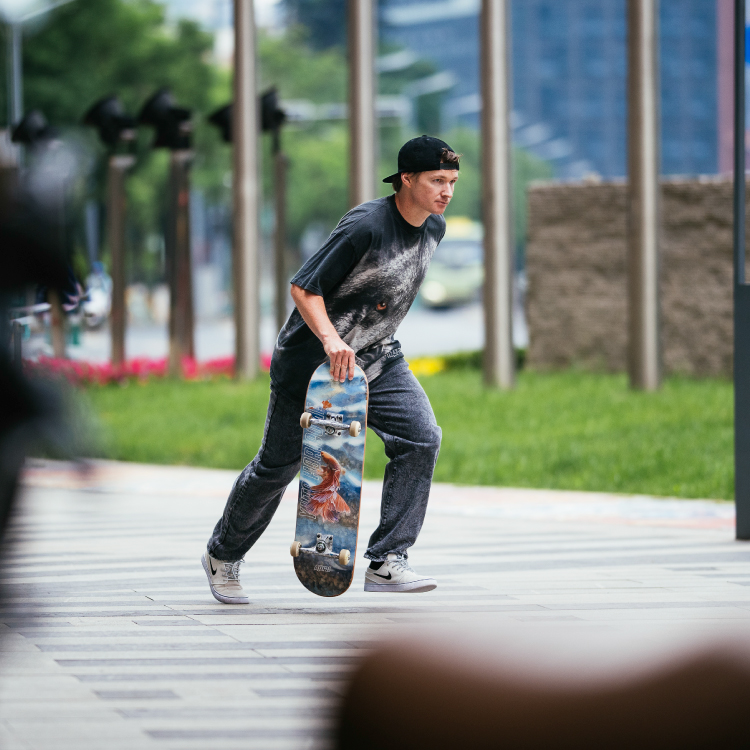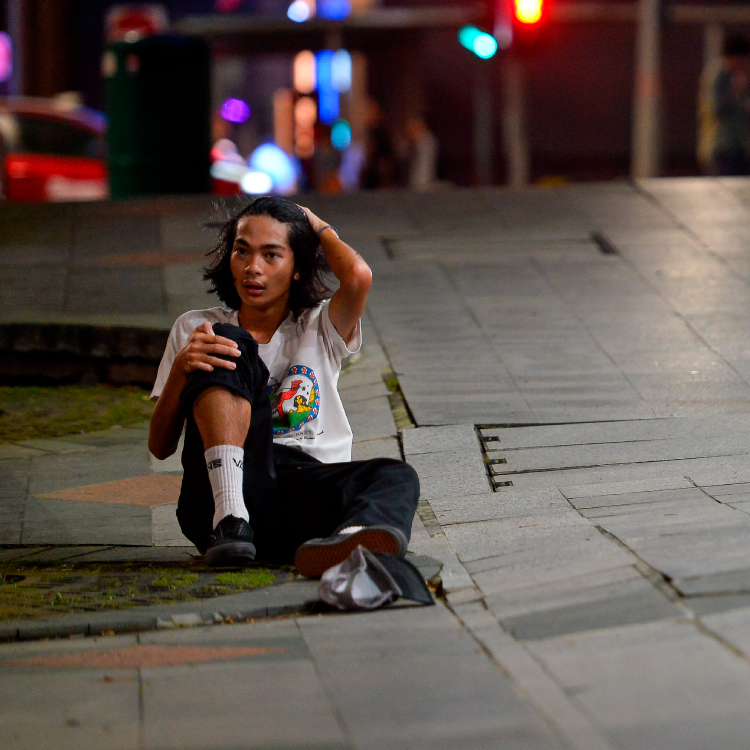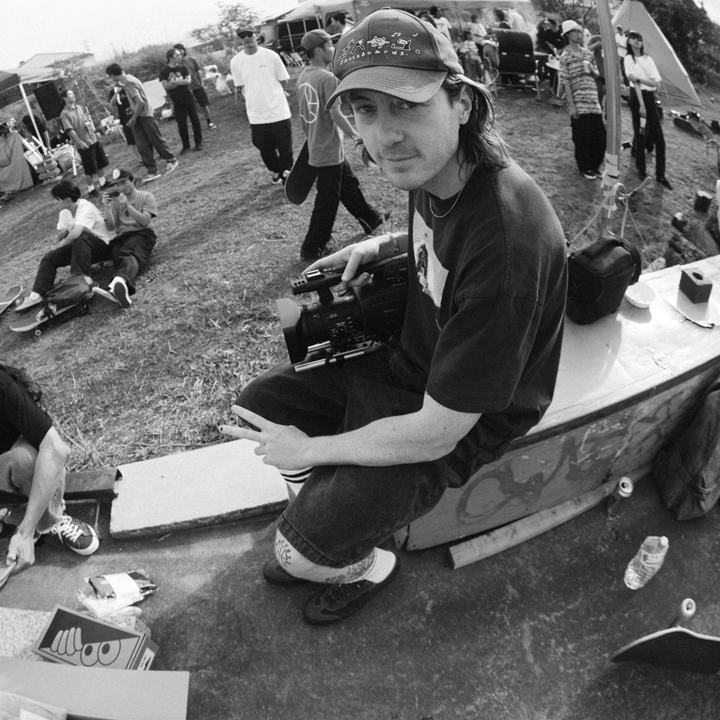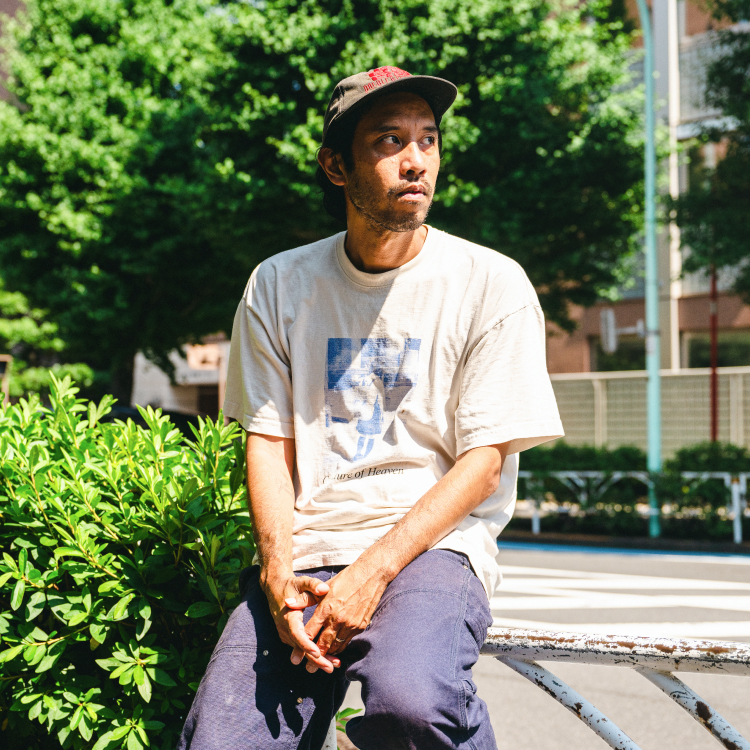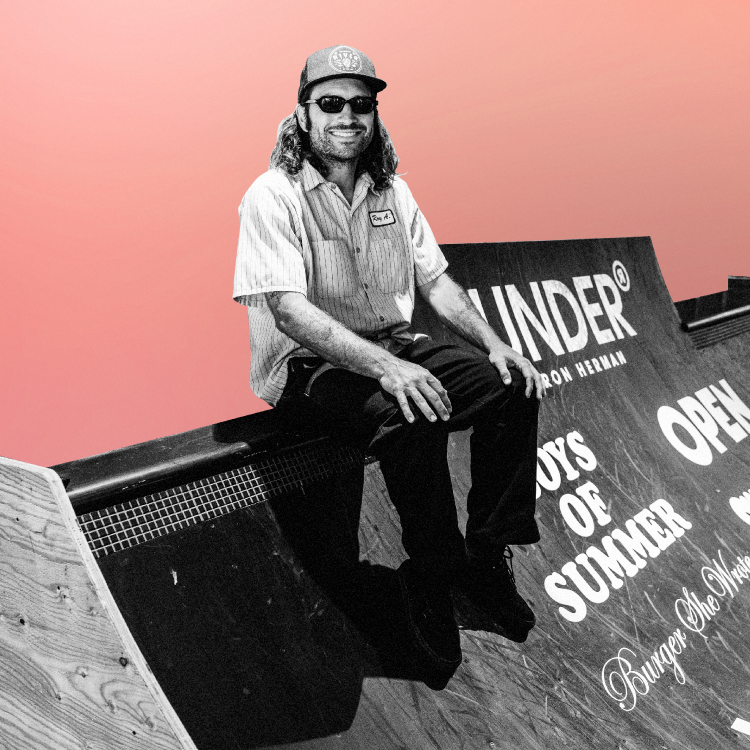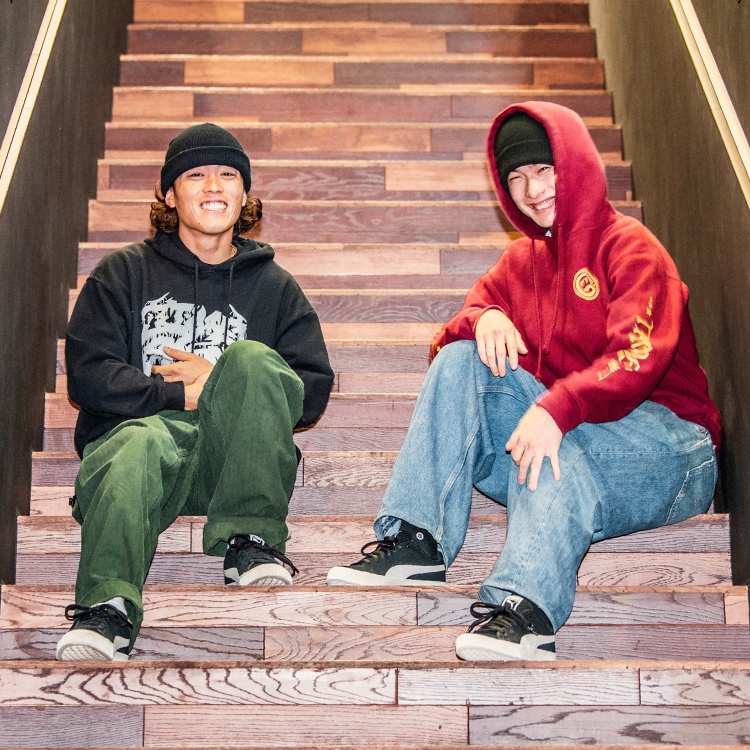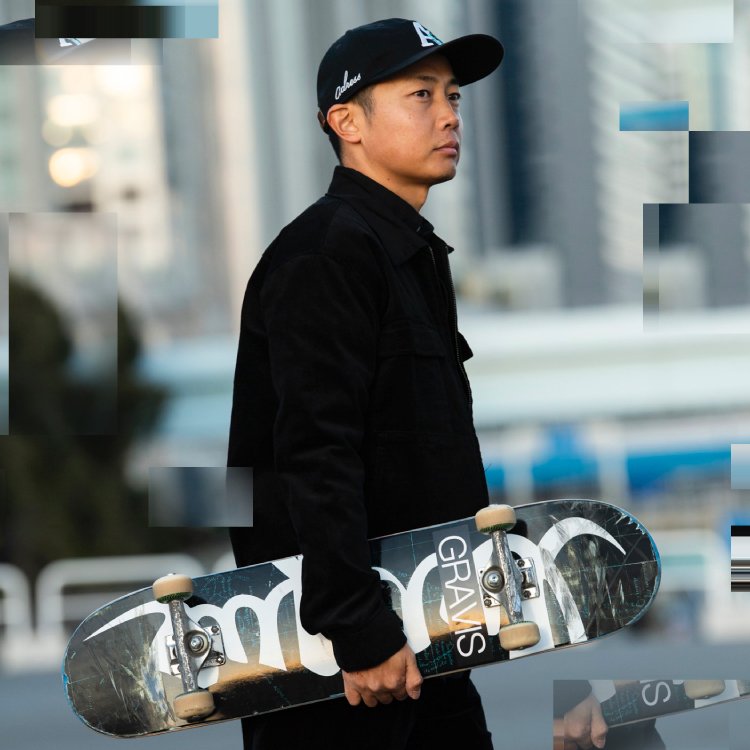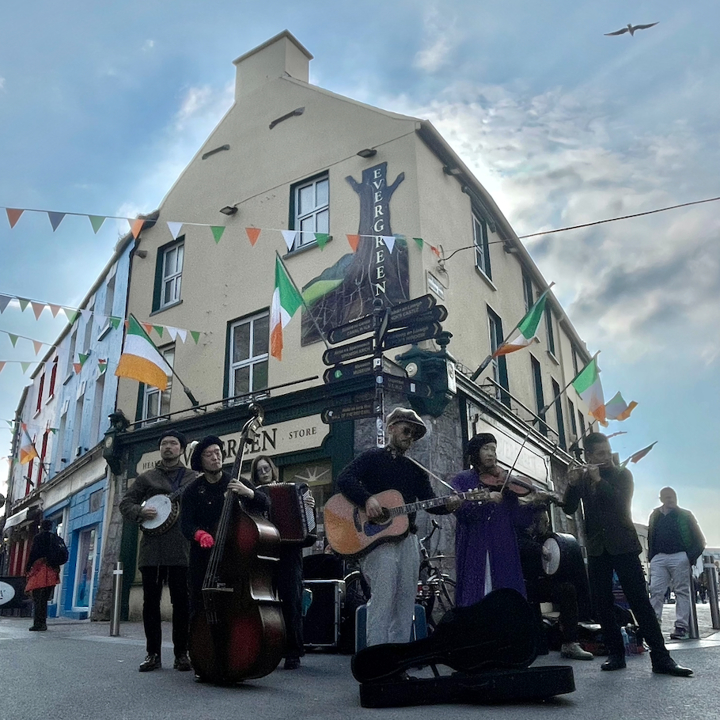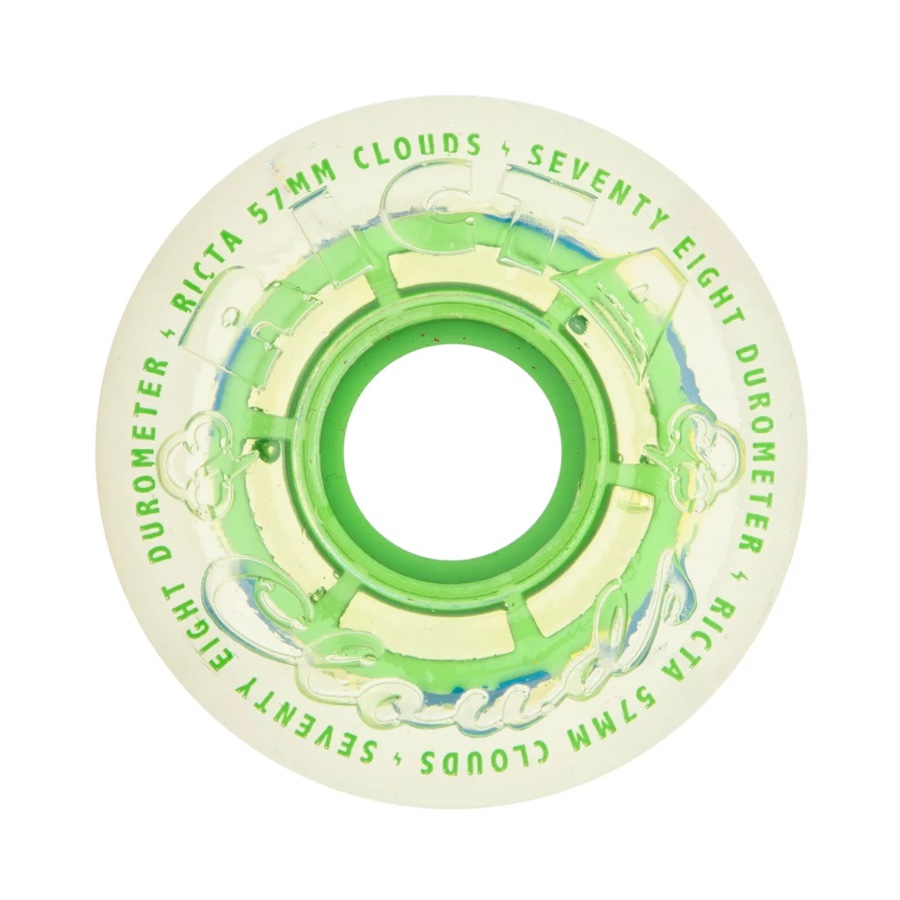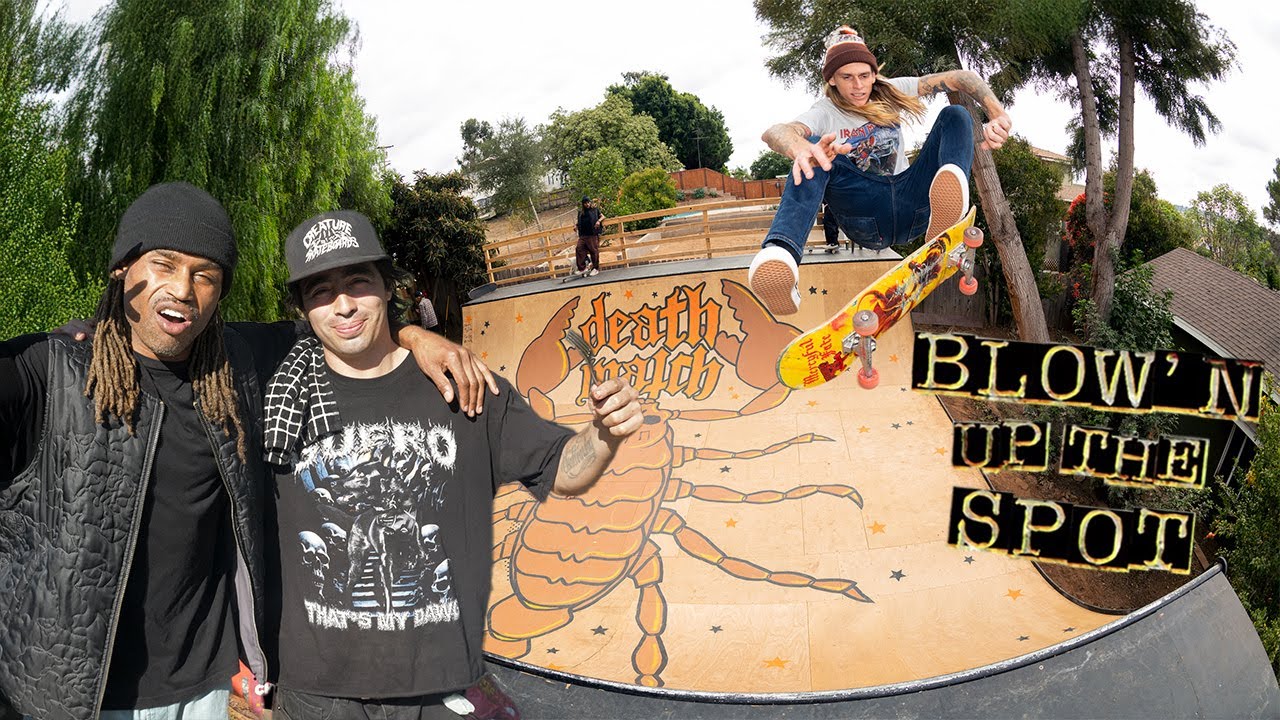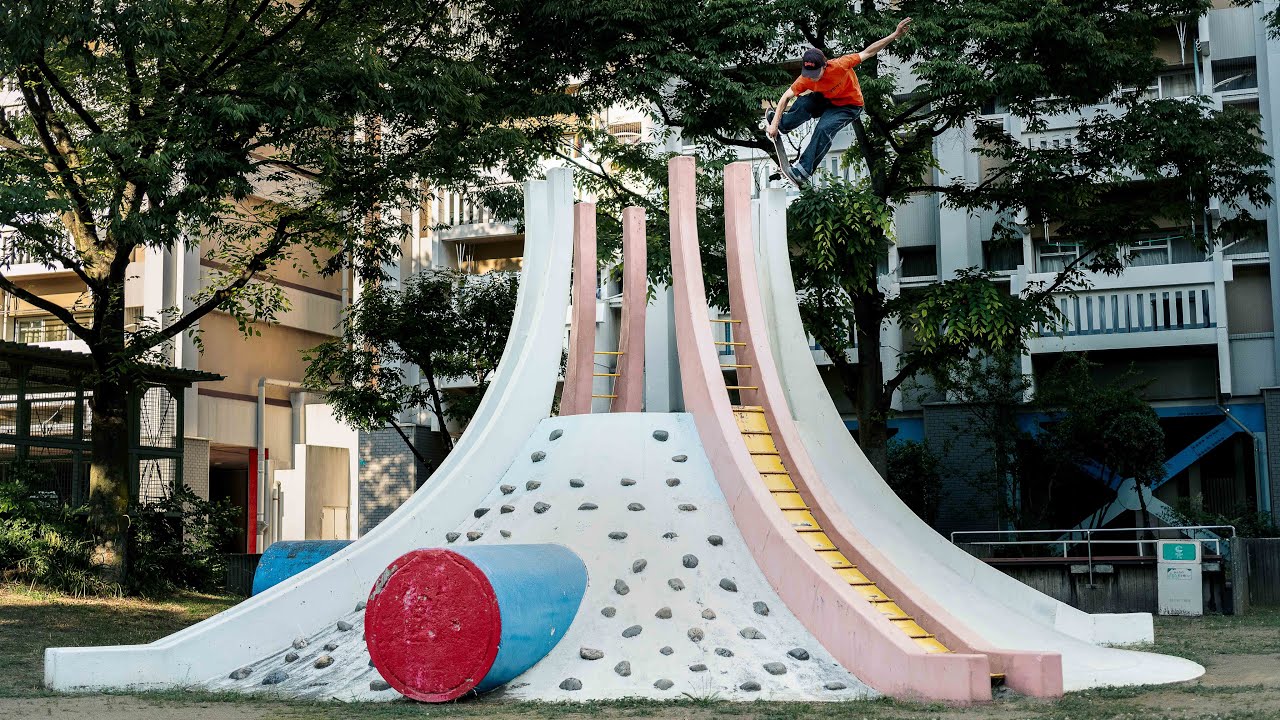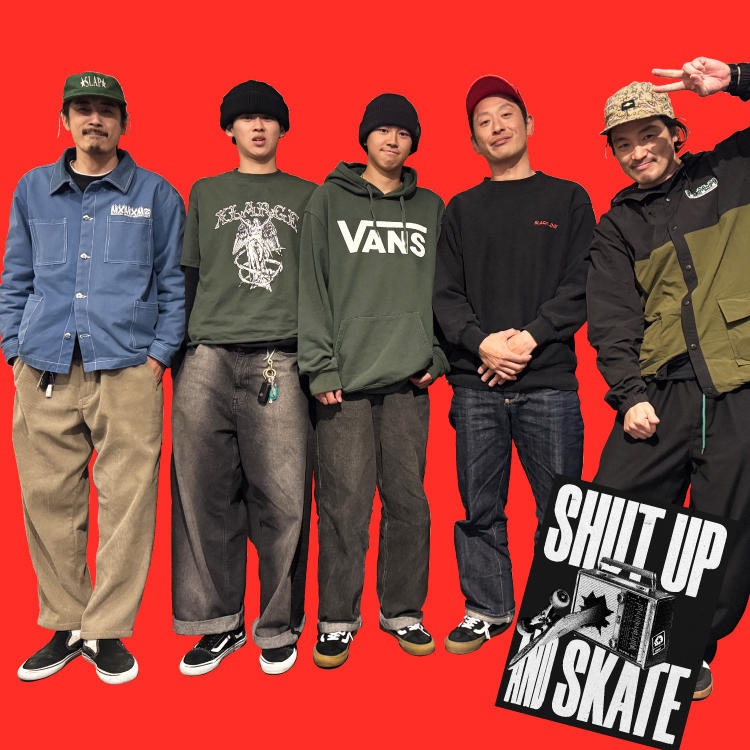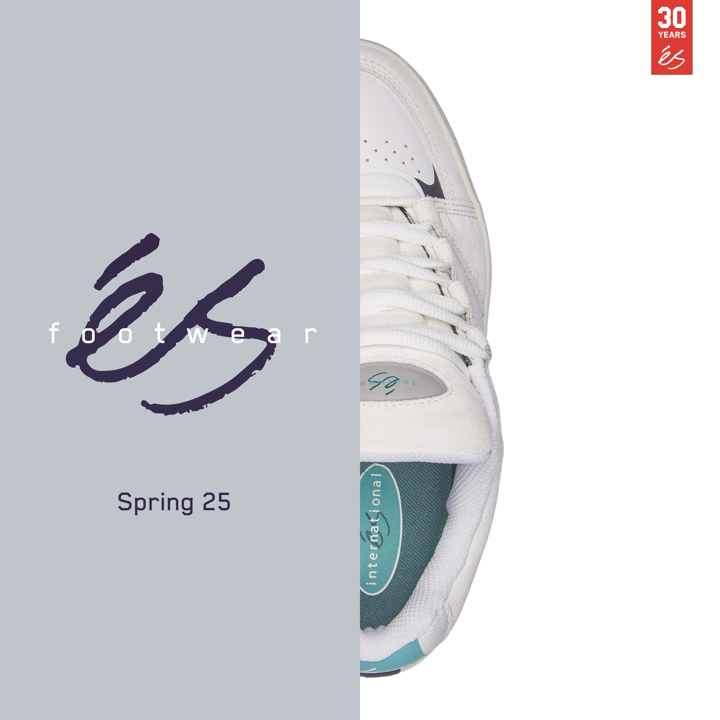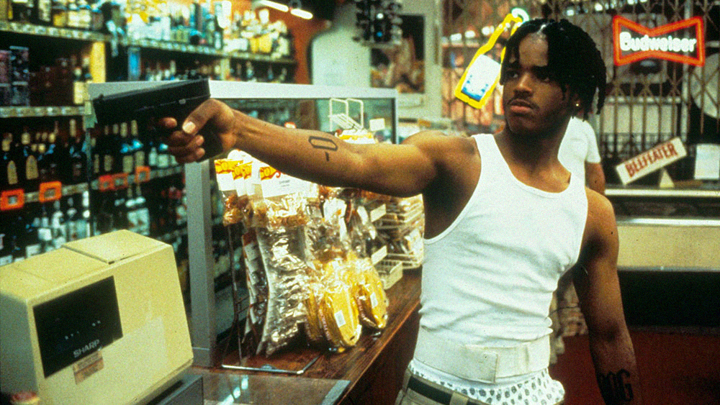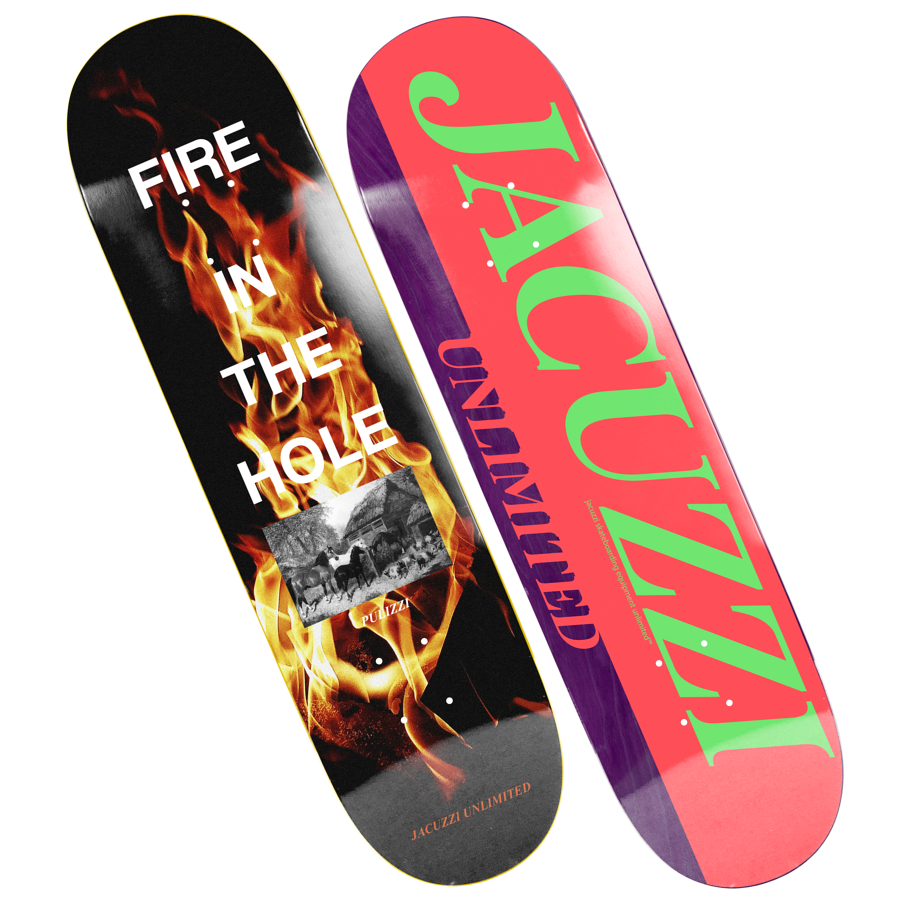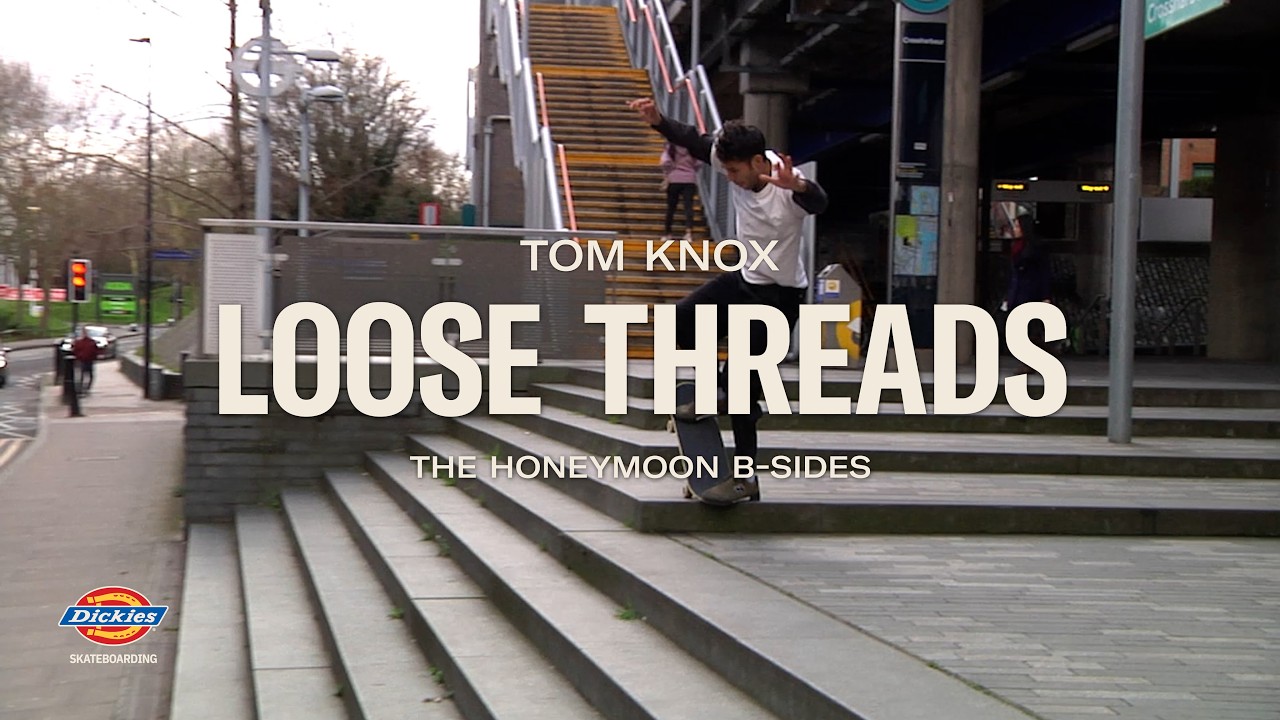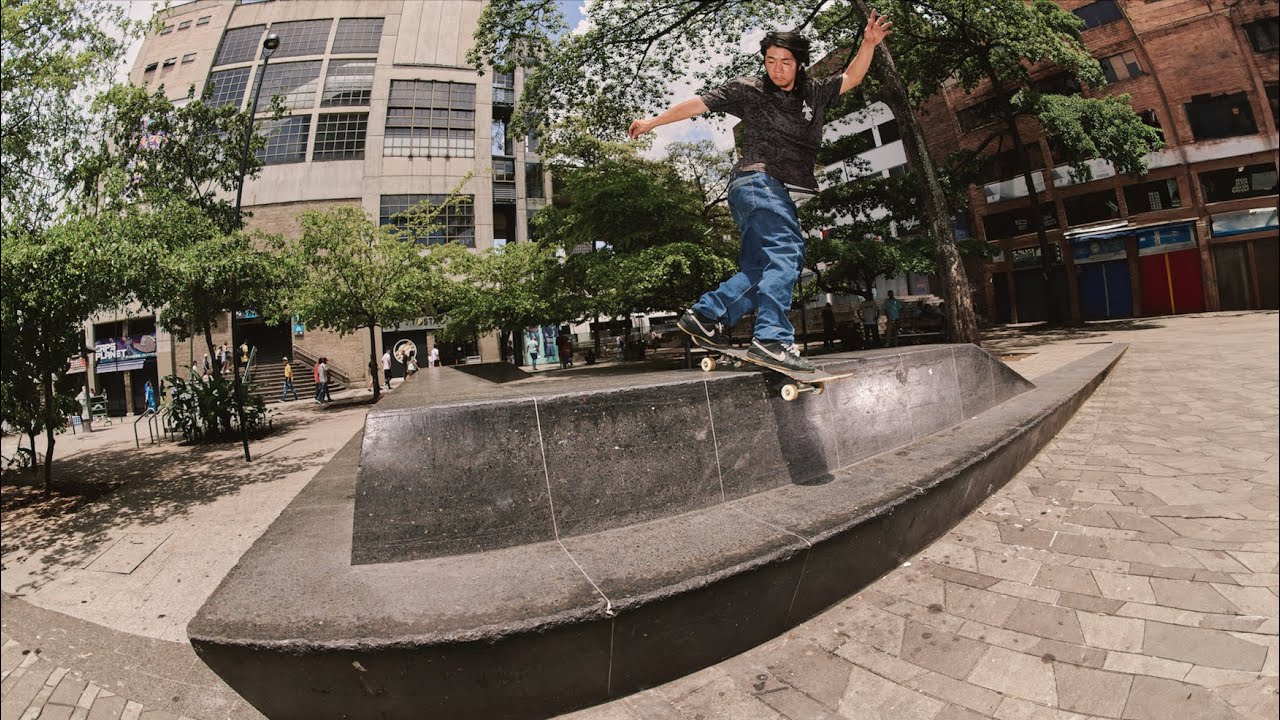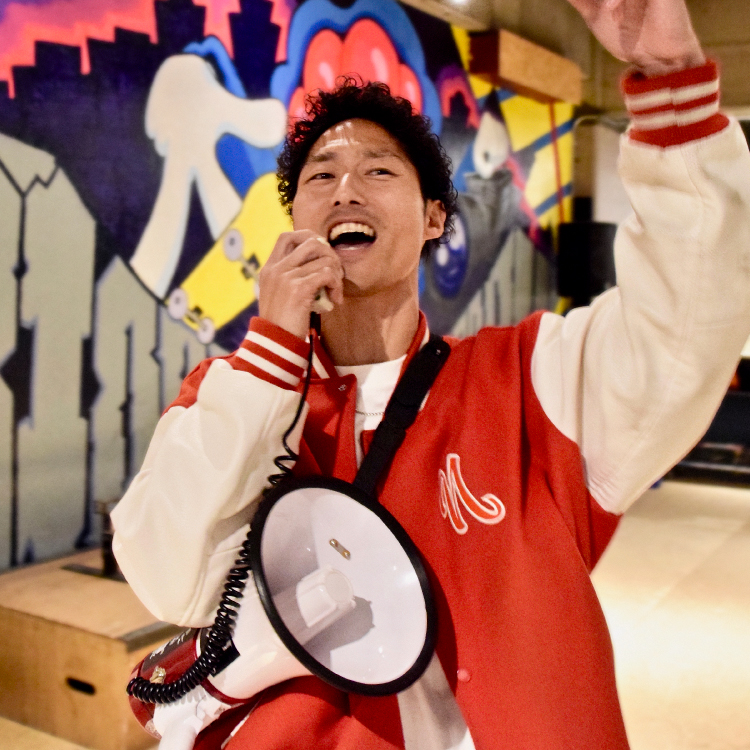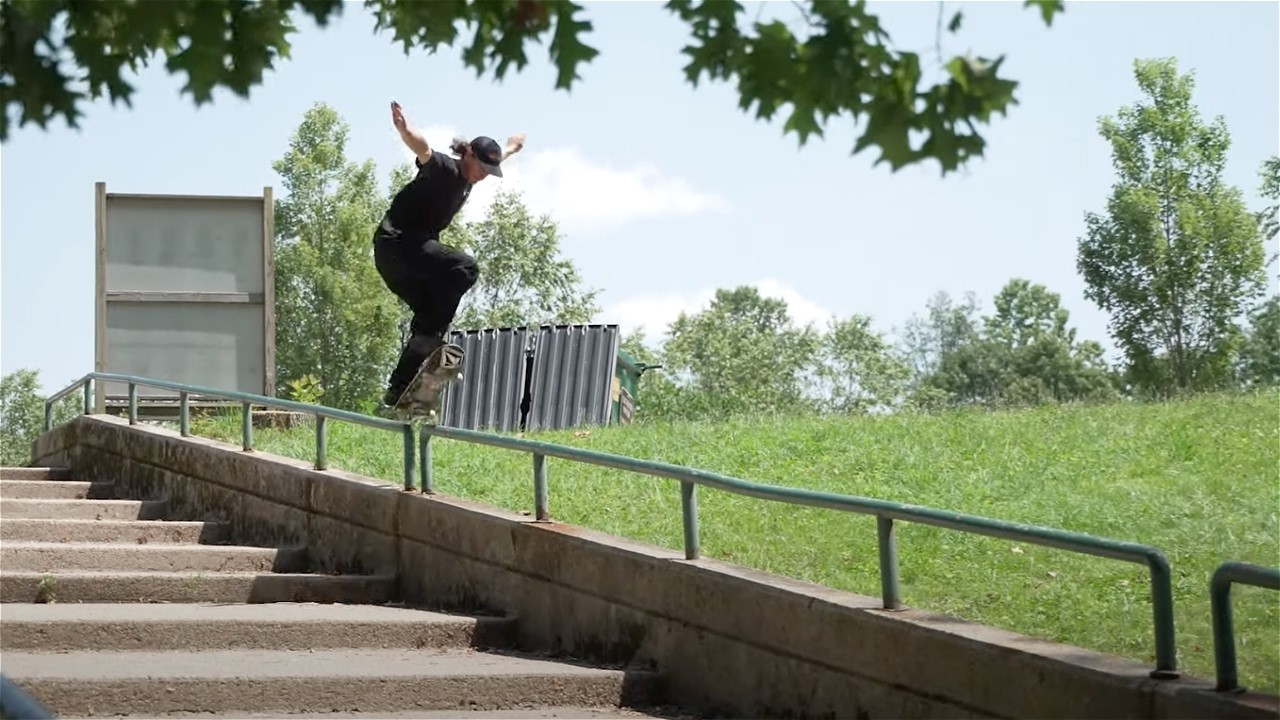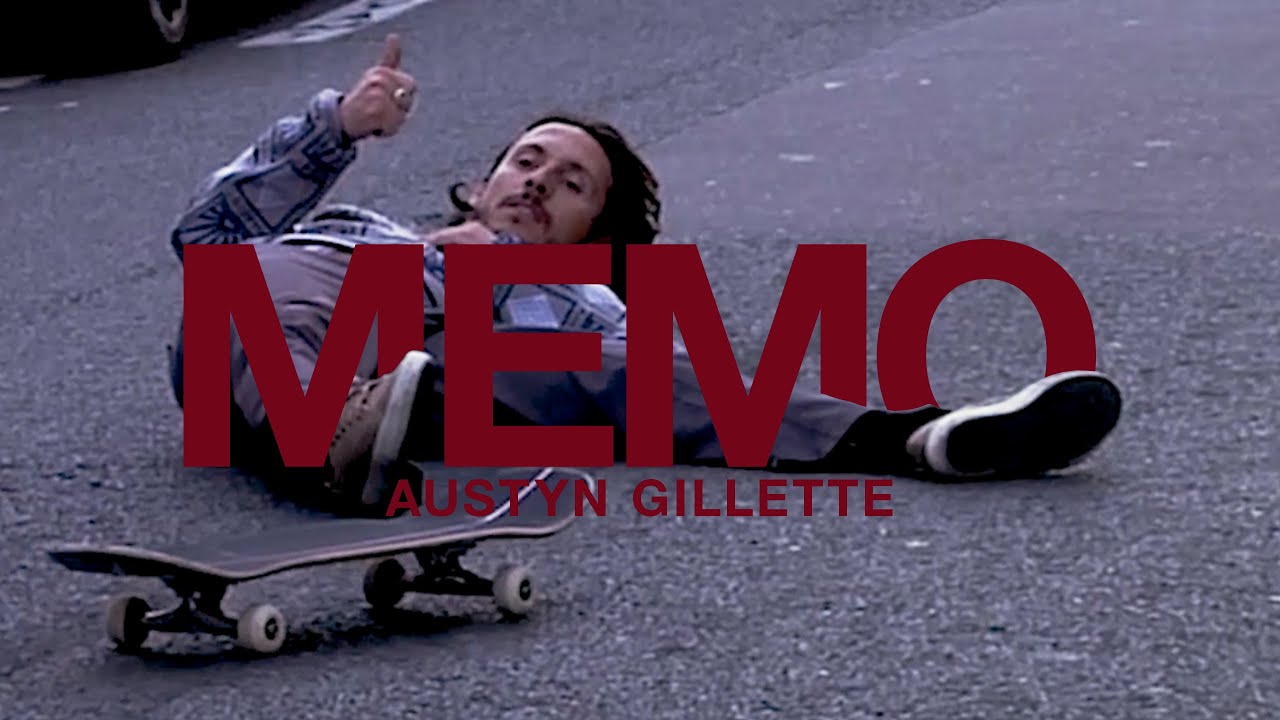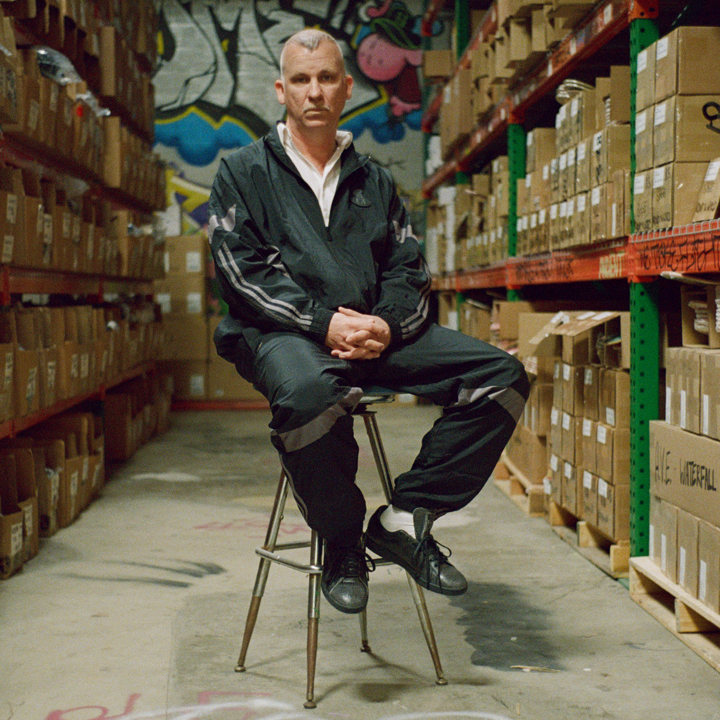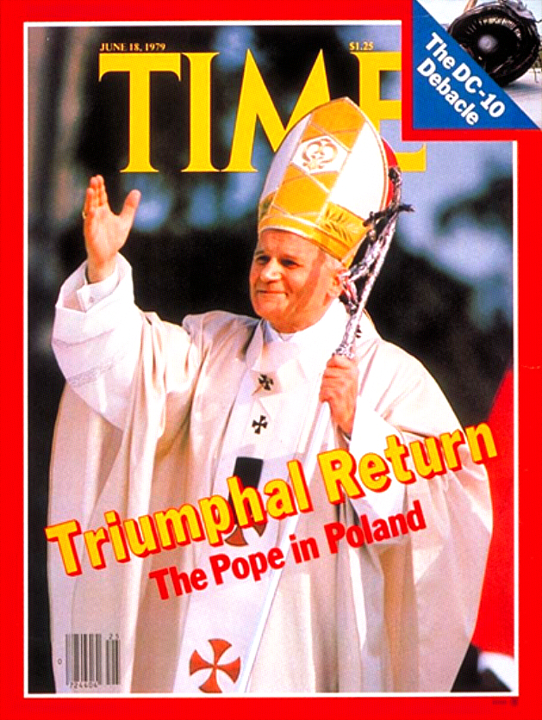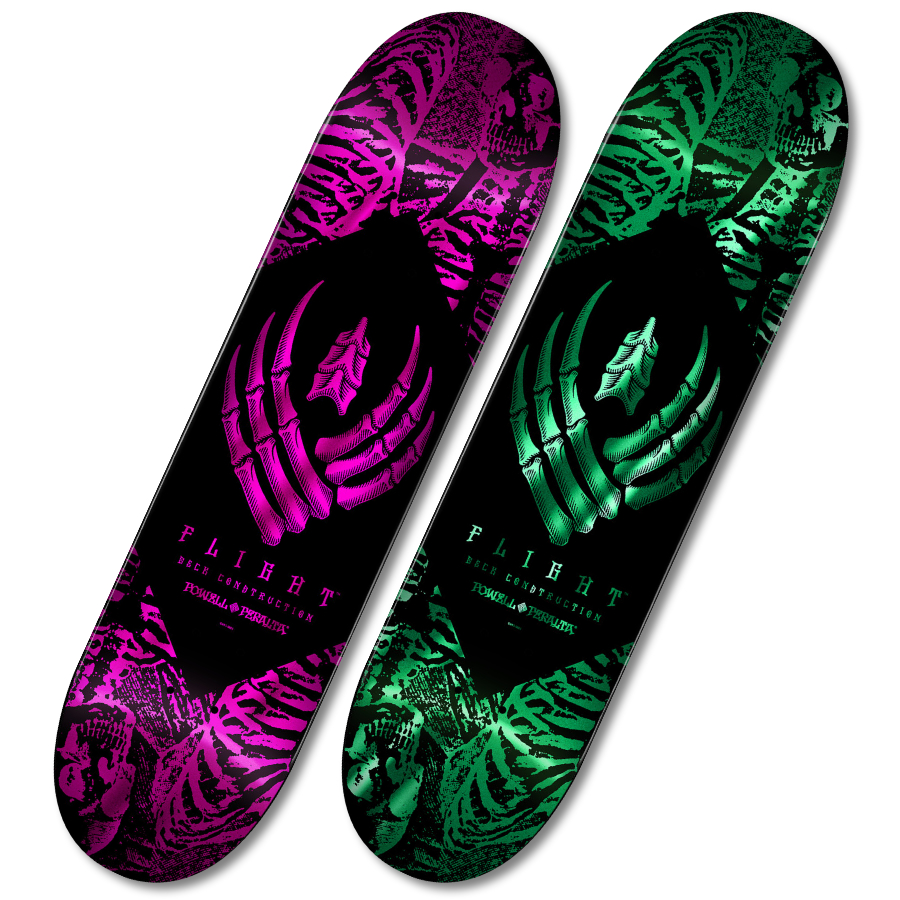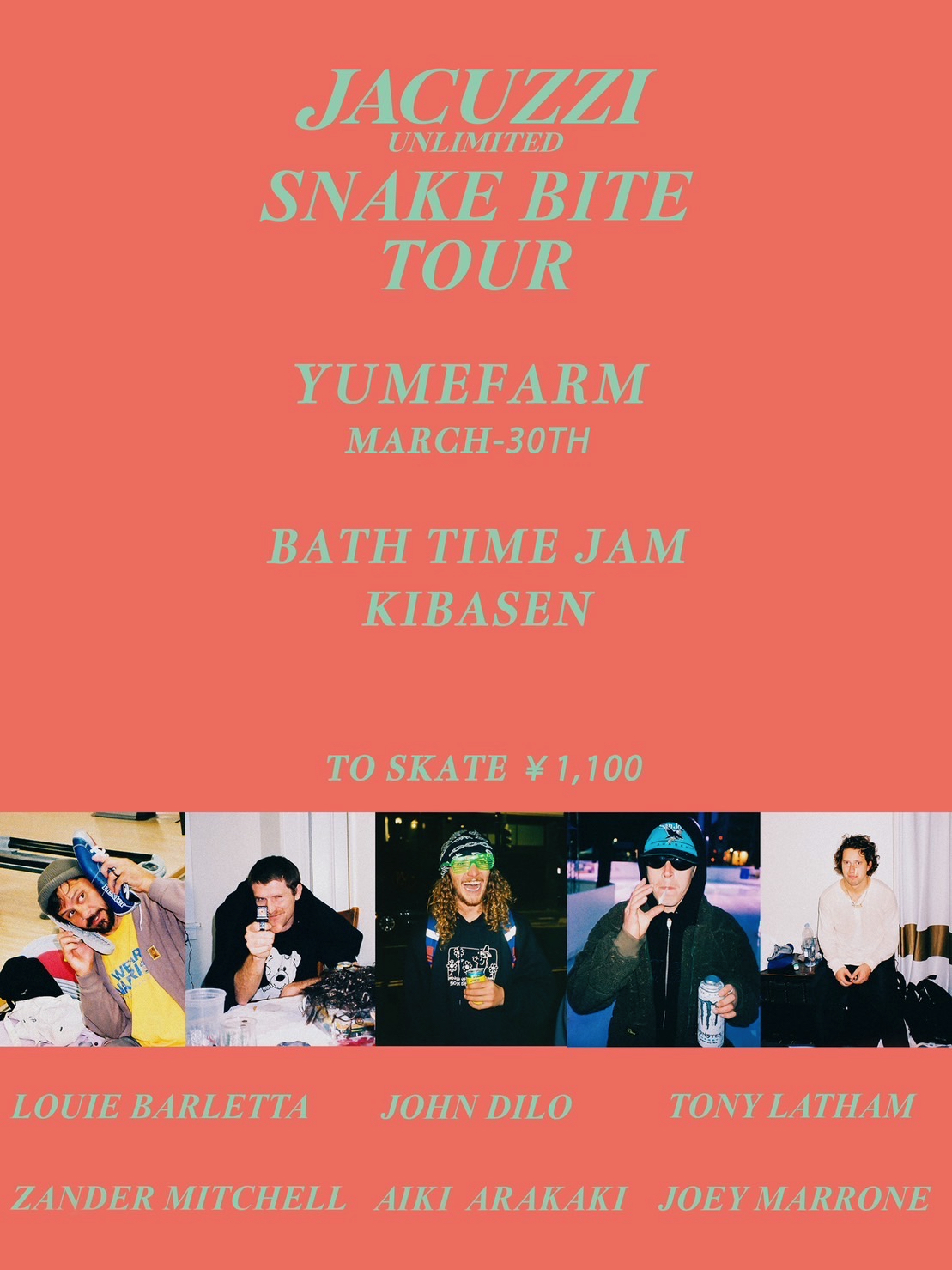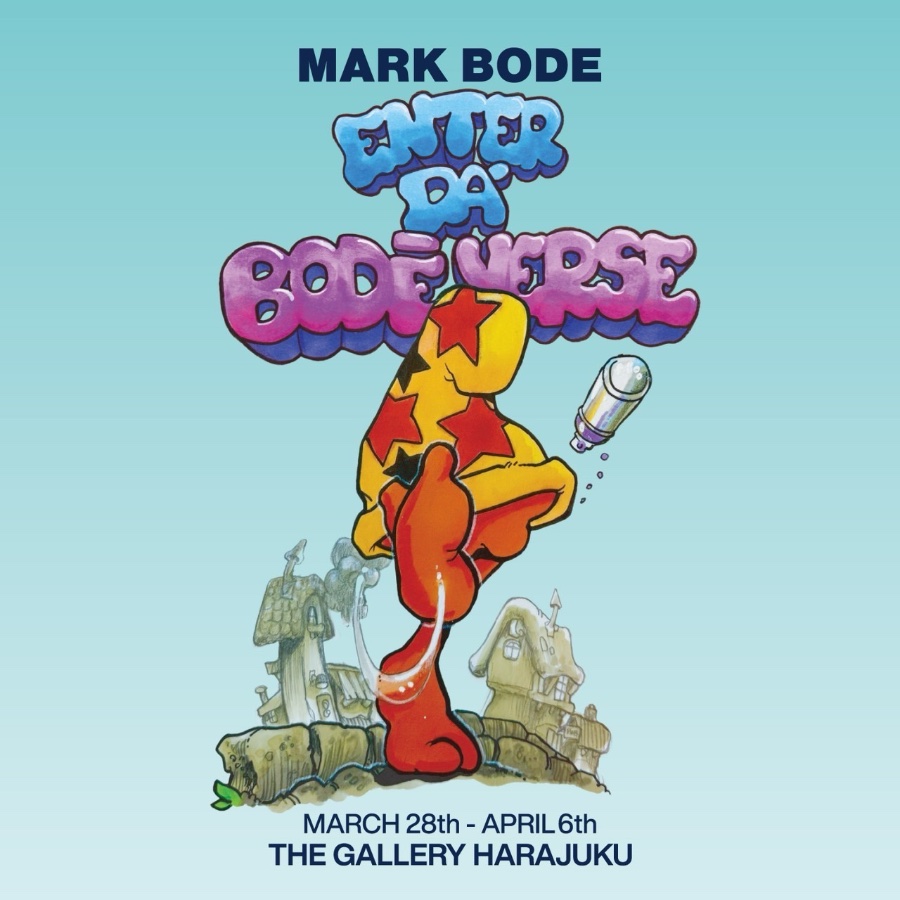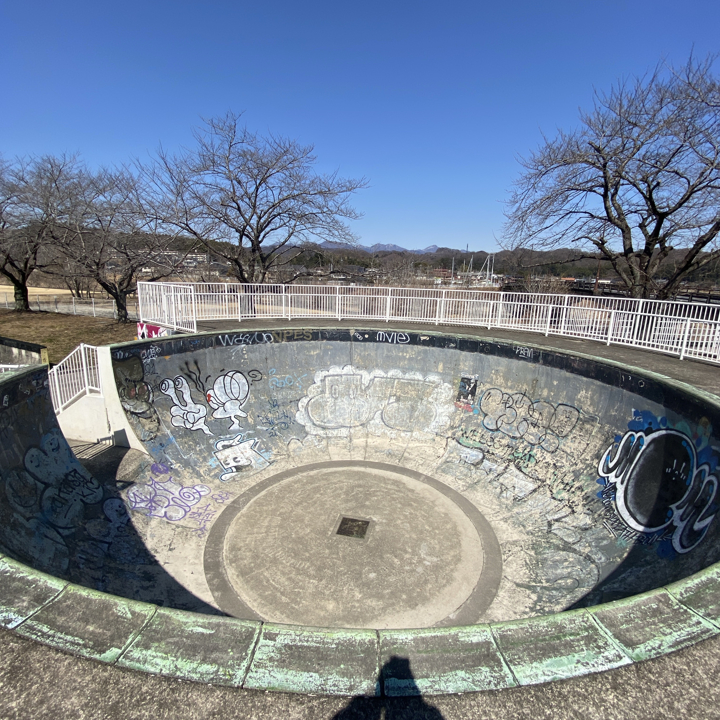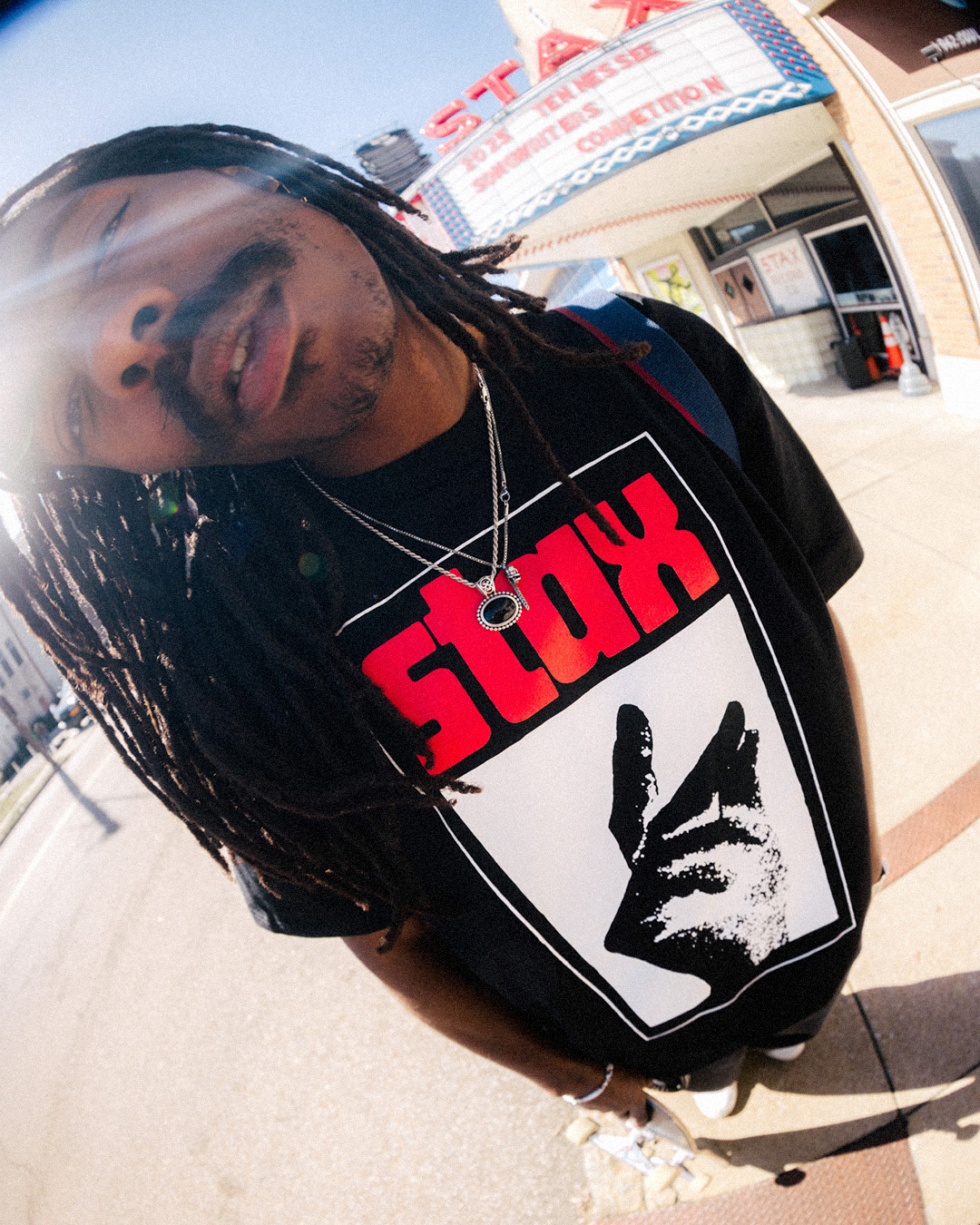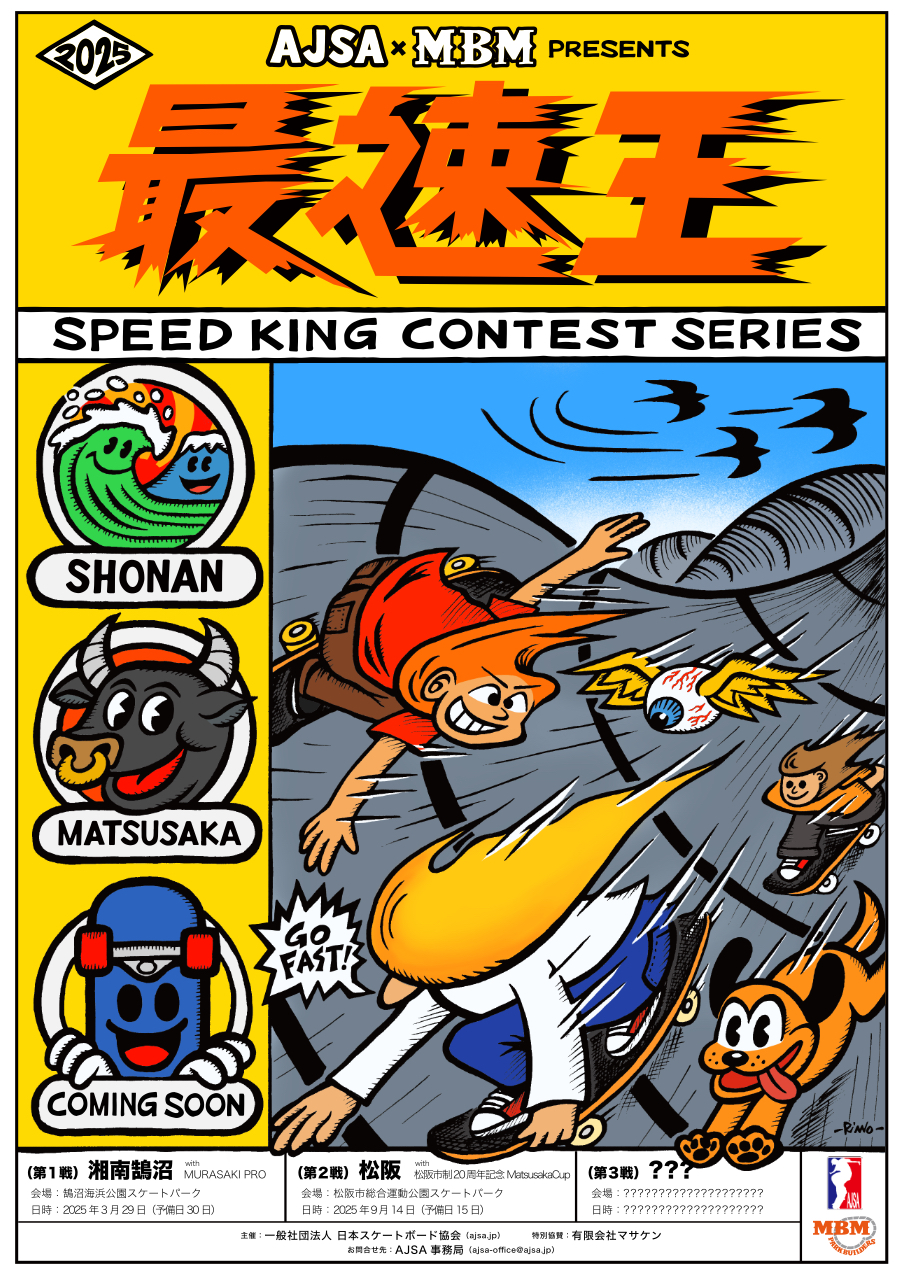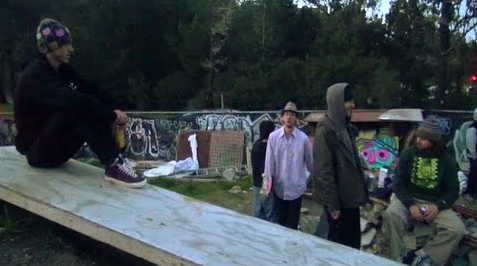Photographer Changsu accompanied the filming tour of Polar Skate Co's latest video, Everything is Normal, capturing not only the skateboarding but also the atmosphere. He reflects on the memories shared with the Polar crew over the past six years.
──CHANGSU (ENGLISH)
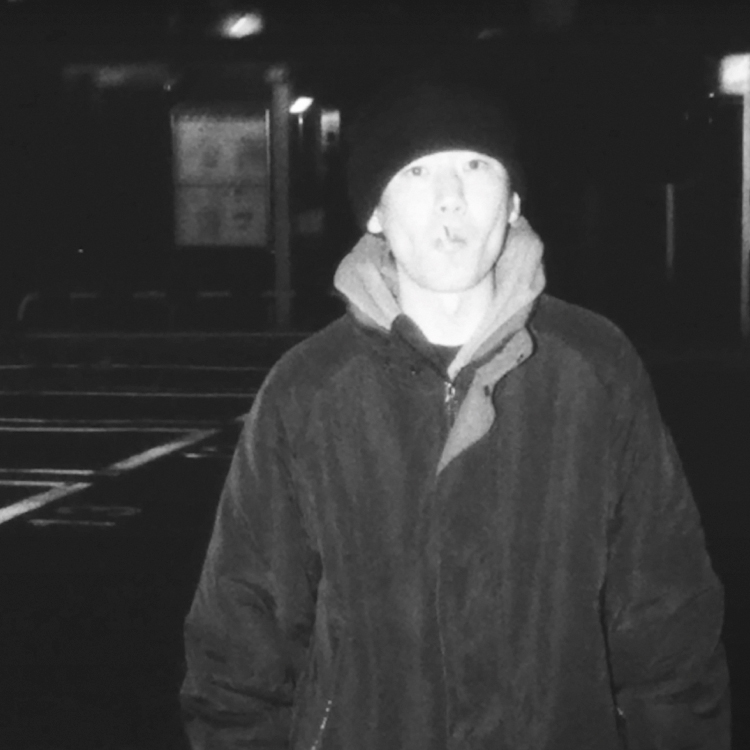
[ JAPANESE / ENGLISH ]
Portrait_Sirus Gahan
Archive photos_Changsu
Special thanks_Kukunochi
VHSMAG (V): I heard you were pretty much on every Polar Japan filming trip for this video.
Changsu (C): Right. Strictly speaking, not all of them. When there were days I couldn't make it, Iseki and Kohei Hayashi took my place, but I think I was able to accompany them about 90%. The most insane thing was this 42-day trip... The riders would come to Japan separately but Sirus Gahan, Kiki Kakitani and I were there all the way through. I got a fever towards the end and stayed in a hotel for a day, but after about 10 days of touring, the guys with full energy would arrive. It was a lot of fun, but that was insane (laughs).
V: What have been some of the most memorable events on the trips you have accompanied over the past six years?
C: There are so many that I can't narrow it down to just one... If you think about the Polar trip as a whole, it was about a six-year period, so everyone's lives changed. Some have become fathers, others have left the team. The main filmer also changed from TAO to Sirus. Shin Sanbongi and Roman Gonzalez both had a child and a lot had changed, and they're all captured in photos. Honestly I can't remember all the memorable moments off the top of my head but I can look back at the photos. After all, I think one of the characteristics of photography is to document the process of something that's changing, and that's what's included in this photo book, Everything is Normal. I hope you'll have a chance to check it out.
V: Is that photo book a compilation of photos taken over the last six years?
C: That photo book is made up of photos of Sirus, Iseki and Kohei and myself, and was art-directed by Jack Charlie Mitchell of the WASTE! STORE in London. It's edited by Sirus and I absolutely trust his sensibilities. I just sent them the photos and asked them to do whatever they want. When I looked at the finished product, I felt that it was not just a tour documentary or a series of skate photos, but a work that gave a sense of each individual's personality. Since it was set in Japan, it contains something meaningful for Kukunochi, Kikki and Shin. The passage of time, growth and friendship are some of the themes. When I was working as a teacher in a nursery school, I was taking photos of children. You know, taking photos of children and showing them to their parents. What I was conscious of at the time was to convey the feeling of things as they are, without making them up. That was like my original experience with snapshots, and I think that taste has remained with me all this time. It's just like shooting children back then, and I still unconsciously shoot skaters like that, the behind the scenes stuff. I think it's more like a graphic document because it includes a lot of photos of that kind of lifestyle. The mood of the trip, their groove, the pain during filming, the way they all shared their joy... I hope people will see the vast archive as a record of the passage of time rather than as a single photograph.
V: It's true that there's no excess directing, so there are no lies, or rather, the atmosphere and emotions of the scene are conveyed.
C: I could only do that kind of thing. For example, I'm not very good at taking high quality, strong portraits that can be completed in one photo. I'm hoping to convey something that's connected to my original experience when I was working in a nursery school. I think my style at the moment may be to use a point-and-shoot type camera, constantly clicking the shutter and establishing it with quantity. Priority is placed on the moments rather than quality.
V: I see. By the way, I have to ask you about that slam at the Moerenuma hill bomb (laughs). Did you know that about 20 years ago a photographer was seriously injured when he tried that?
C: I heard (laughs). At the time I tried that hill bomb, my set-up was a 10-inch board, wide trucks and soft wheels. I was into bombing hills that I wasn't sure I could make it. I was trying to bomb hills here and there when I felt like it during trips, but actually that Moerenuma hill was on my list (laughs). Even before I went to Hokkaido, I was watching that KP TOKYO and WHIMSY Hokkaido tour video on VHSMAG, where Aaron was bombing that hill. So I actually went to Moerenuma on a Polar trip, and when I went up to the top with everyone, it was worse than I had imagined. And I forgot to tighten my trucks. Polar's crew went first and they were even like, "This is insane! Don't get too much speed!" Before that I had managed to make the famous downhill in Kanagawa, so I got carried away (laughs). Then about two thirds of the way down the hill I lost control. Shin told me to fall into the grass when it got bad, but I was so out of control that I couldn't even do that. And I ate shit. I don't remember exactly what happened, but I hit my head, both elbows, both knees and my waist. I was down for about two days afterwards. But Oski and Emile Laurent were like, "Yo respect!" So maybe it's a make even though I ate shit.
V: Shin Sanbongi has his first full part in this video. How do you feel about the six years you spent with him?
C: The first trip was in 2017. It was just after he was officially welcomed to the team as an amateur, and that was when he was starting to think about originality. He did have tricks like pole jam, wallrides and wallies to embody the team's color as a Polar rider, but I remember him telling me in the van that he was struggling to find a way to really showcase his unique style. He then realized that his strength lay in his ability to combine his surf style with the flow he originally had, and the style he established in this way became recognized by people. The roots of his style are delved into by Sirus in this video, which is one of the highlights. It was decided rather early on that this video would be structured around Shin. And since it was his first full part at Polar, I think there was a lot of pressure on him. In the past six years, he has become a professional skater, a father, and his approach to filming has changed dramatically. We have a lot of great photos as well as clips, so please check them out.
V: Also, Kiki joined the team in the middle of the filming of this video.
C: When I first met Kiki, he had long hair like Kevin Rodrigues back in the day, he was wearing Chuck Taylors and had Polar's iconic Happy Sad design hand-painted on his board. My first impression was, "He really likes Polar!" He was kind of like Emile, a true skate rat. It seemed like he's not interested in anything but skating. Everyone arrives at the hotel exhausted after filming and ready for bed, but Emile and Kiki would get stoked and go out skating by themselves (laughs). One of the most impressive shoots I did with him was a pop shuv tail grab at Shibuya 14, which was his ender. It' a gnarly spot, so he was like, "I want to concentrate and get it done quick," but he ended up battling for two hours. He landed it perfectly, but of course his heels and body went through too much. The next day we had to head early in the morning to Himeji. I was sure he won't be able to skate for a couple days but he was skating his ass off from the moment we arrived. Even after the demo was over, he was skating until the park closed (laughs). In the past six years, new riders such as Kiki and Emile have joined the team, and the team gains momentum with these young energies. I think having Sirus on the production side has brought something new not only to the riders but also to the creation. I felt that the brand succeeded in renewing the crew in a good way.
V: As a photographer, what was your experience like working with Sirus?
C: In a video project like this, I basically work with a filmer, and he was one of the most special and interesting filmers I've ever met. He graduated from Arts University Bournemouth with a bachelor's degree in filmmaking. As an uneducated street-only student of photography, I was stimulated and quite inspired by him, who was learning to express himself in an academic context. His skate-filming skills are also superb, using the HPX and Xtreme Fisheye heavy setup, filming super close from the front. I was blown away by his insane skills. He also did an amazing job of operating several different types of cameras, including medium format film cameras, 35mm film cameras, point-and-shoot film cameras, digital cameras, Super 8 and HPX, while shooting b-rolls from morning to night. And he's so humble and kind. His attitude of trying to understand others and his love for skateboarding were amazing. I respect him a lot for his sensitivity, and this video is not only his work, but also a client's work for Polar. It was made to be in line with the history and context of the brand while exquisitely including his own approach within those constraints. That balance was crazy good. For example, in terms of song selection, he redefined a song used in Manhattan Days and used it in Shin's part. Also, this is the first time I've seen someone use hyperpop in a skate video (laughs). I think that nowadays, when videos with super tricks are archived on the Internet on a daily basis, people are no longer watching videos properly as we used to do in the past. But in addition to great skating, the style of the film, which delves deeply into things like people and life, was really fresh and wonderful.
V: You've been shooting photos of Polar's growth in Japan for a long time. How do you feel looking back?
C: Polar's boss, Pontus Alv is very particular about quality control in everything. He never compromises on team selection, advertising, video work, design, marketing, branding and everything else. Because he's such a detail-oriented person in all areas, I think the support of Kukunochi, the Japanese distributor, was important for this video. Uru took good care of all the coordination and arrangements related to the trips. I can only thank him for taking such good care of myself in the midst of such a busy schedule. I would like to take this opportunity to thank Uru and the Kukunochi staff!
V: Everything is Normal is a video that you're very attached to, since you were pretty much on every trip. How do you feel about the completed work?
C: In the early stages, I thought it was going to be what we call a standard tour video, but they started to take it more seriously. They became more careful, considering making a feature-length, something conceptual. There was a period of time when the project was stopped because of covid, but it took six years to complete. During those six years, my life also changed through this Polar video project. The thing is, the article about the second tour I shot became a 16-page feature on Thrasher. That was one of the reasons I became an independent photographer and started to make a living from photography. Polar is a team to which I feel a great debt of gratitude, so I'm very attached to them. And now they have a new generation like Kiki. I thought before it was completed that it would not just be another skate video for everyone, and of course it would be something that I'd never forget for the rest of my life. I think Everything is Normal is a video that I'll continue to revisit at various points in my life. I love Sirus' sensibility and it was a great piece of work. And finally, to all the people I met on these trips, thank you so much!
Changsu
@changsu_____
Born1988 in Fukuoka and currently resides in Tokyo. He's a photographer with a reputation for capturing not only skating but also the atmosphere and emotions generated at the scene. He accompanied the tour as the main photographer for Everything is Normal and participated in the 128-page photo book of the same title.
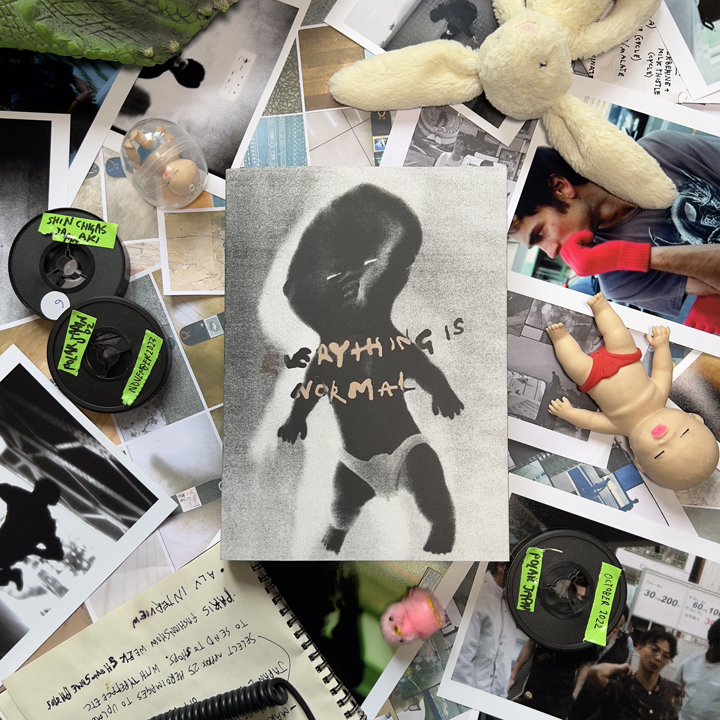
Everything is Normal, a photobook documenting Polar's epic six-year Japan tour from 2017 to 2023.¥5,280
Kukunochi 045-325-7738 / www.kukunochi.com @kukunochi



